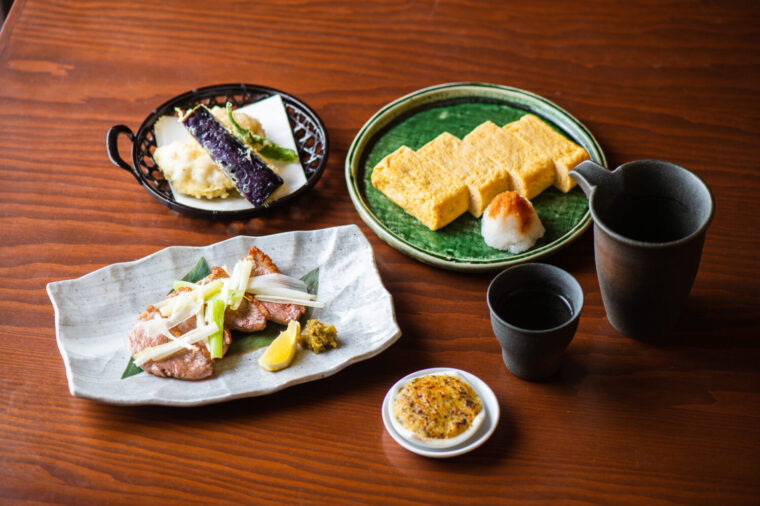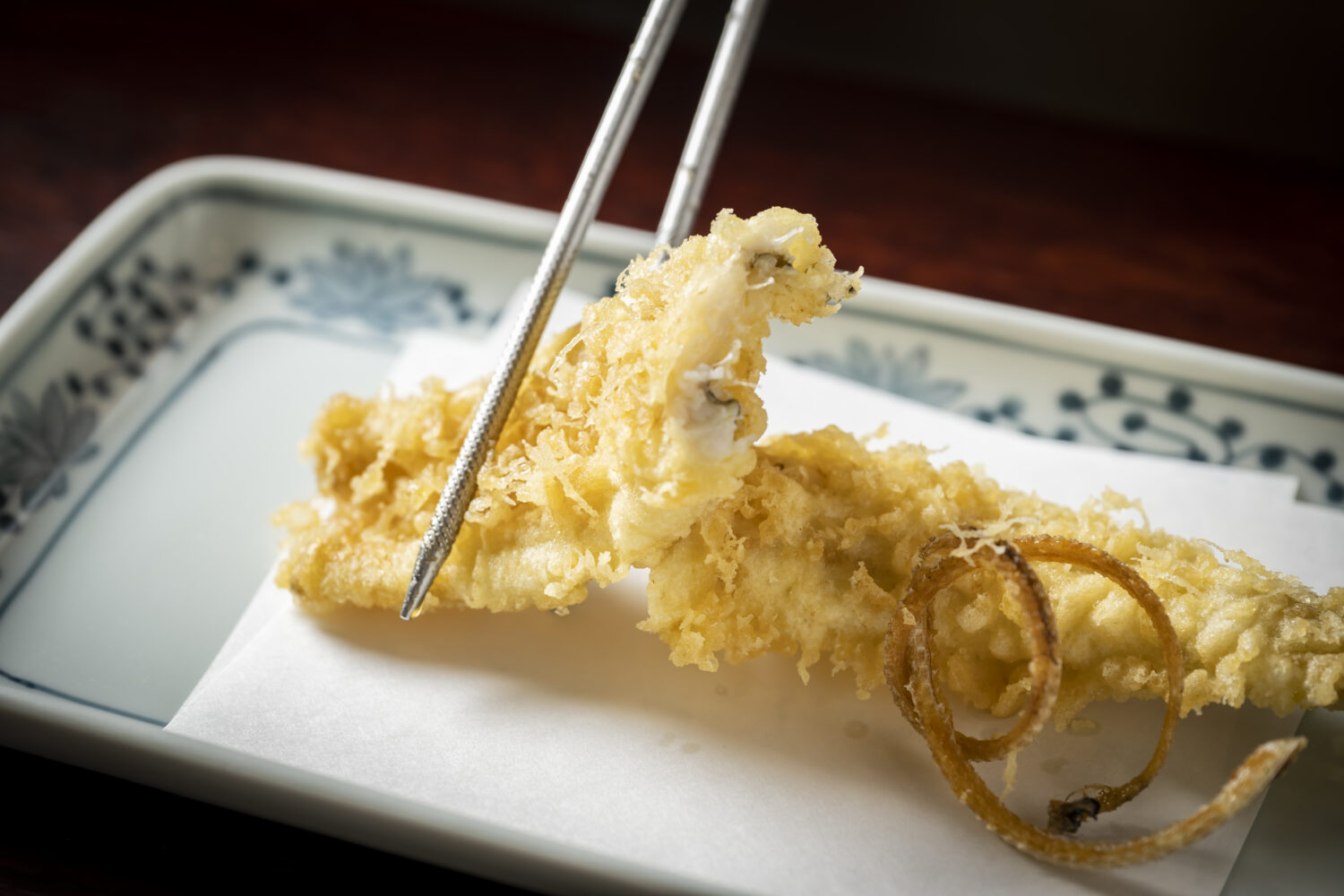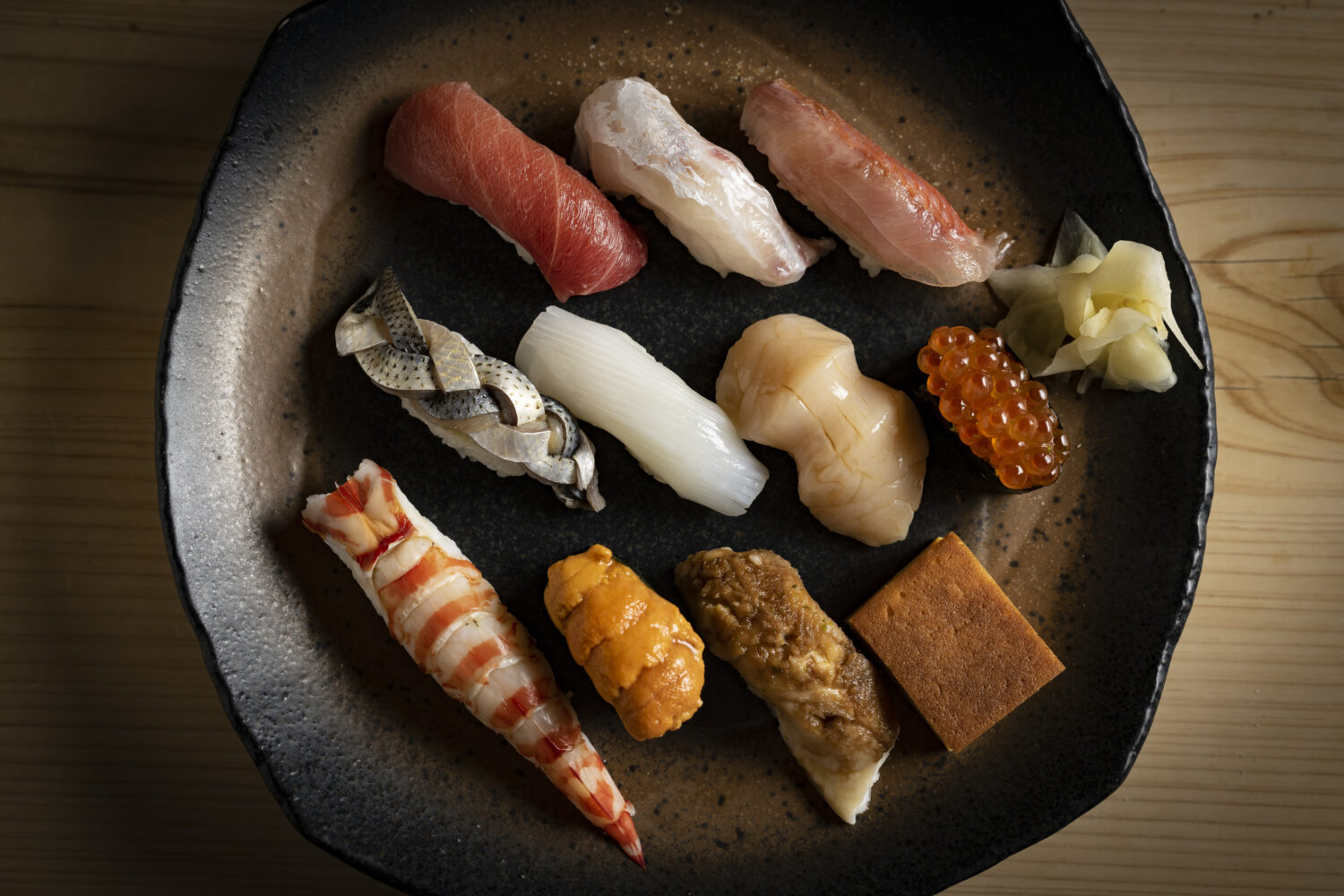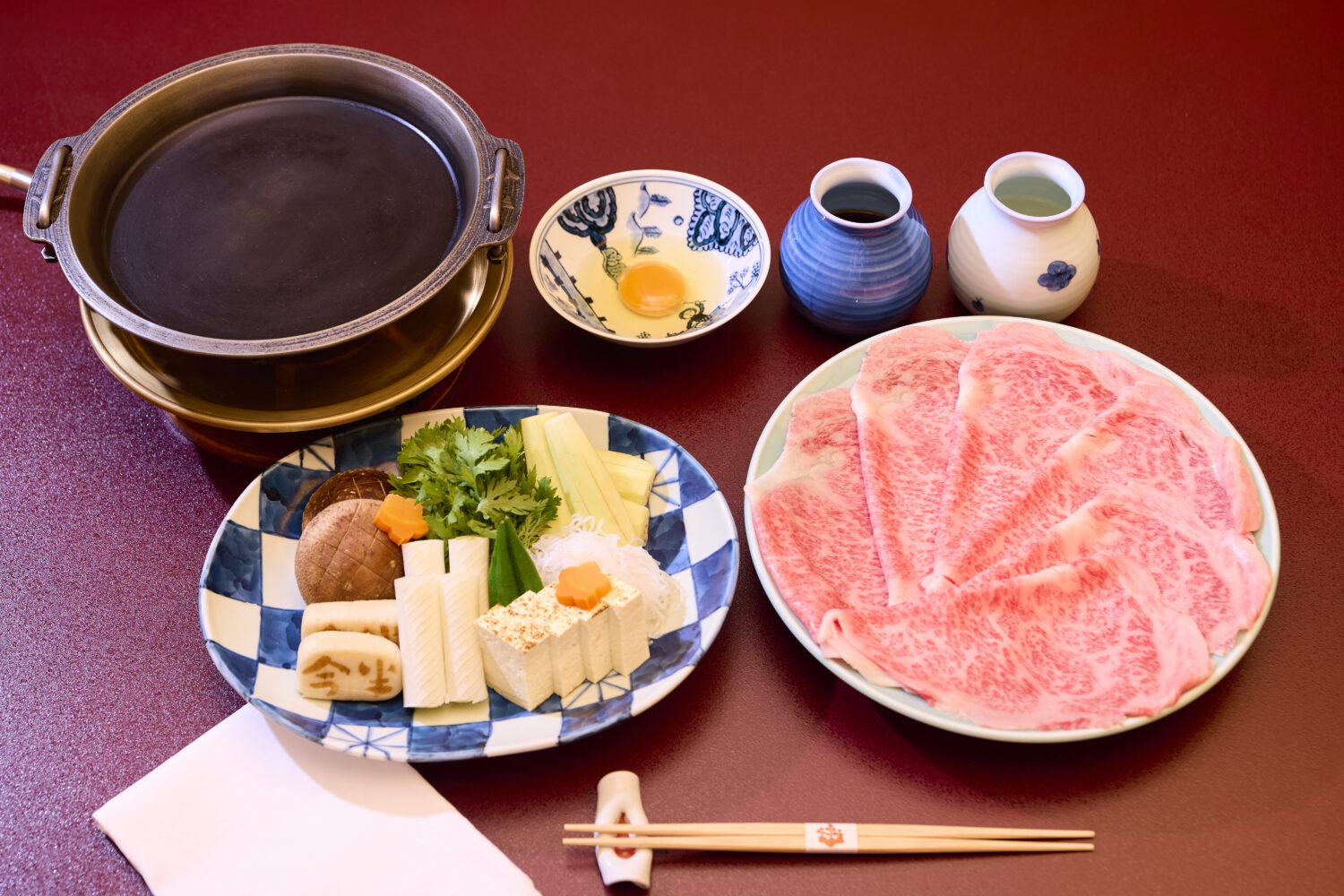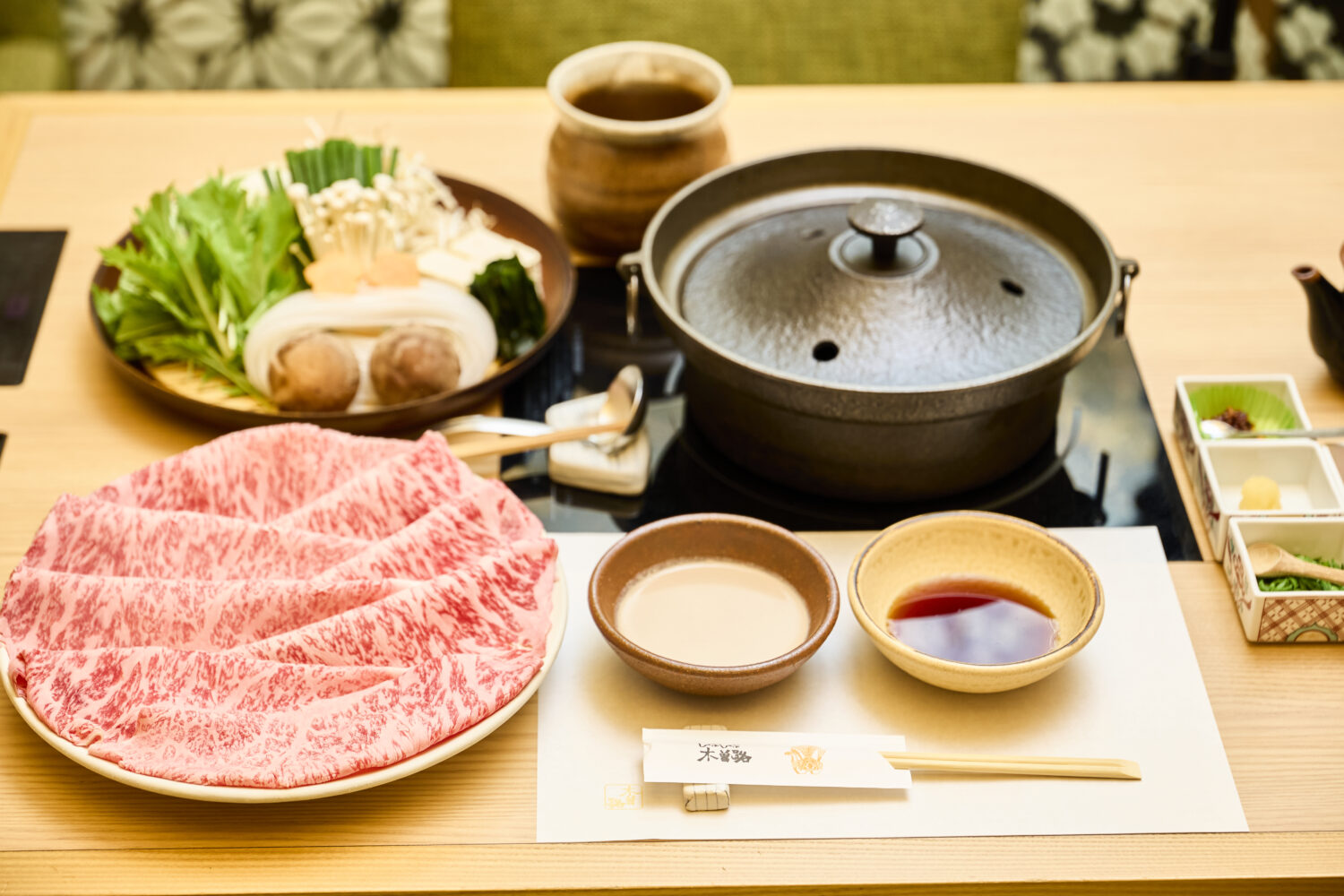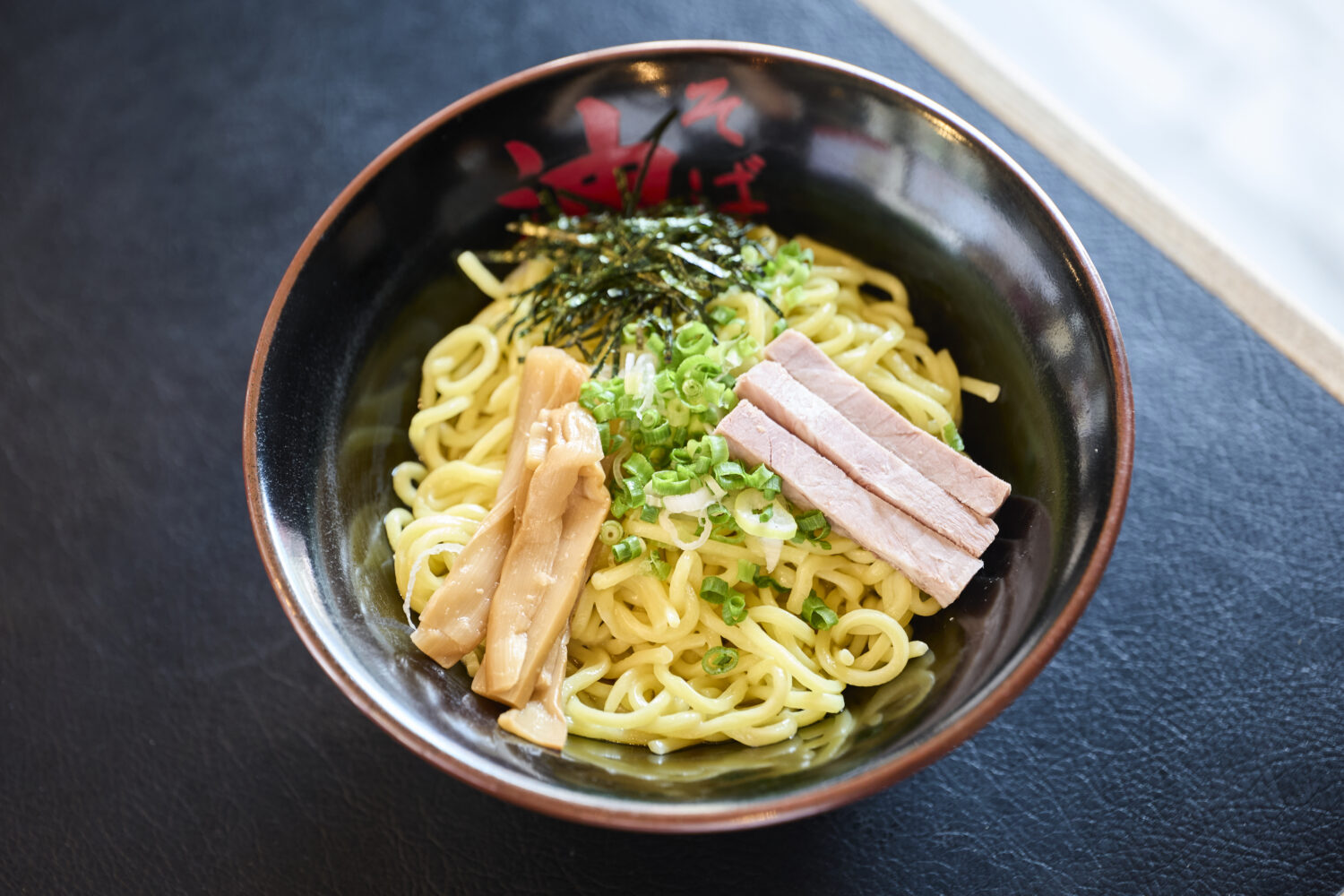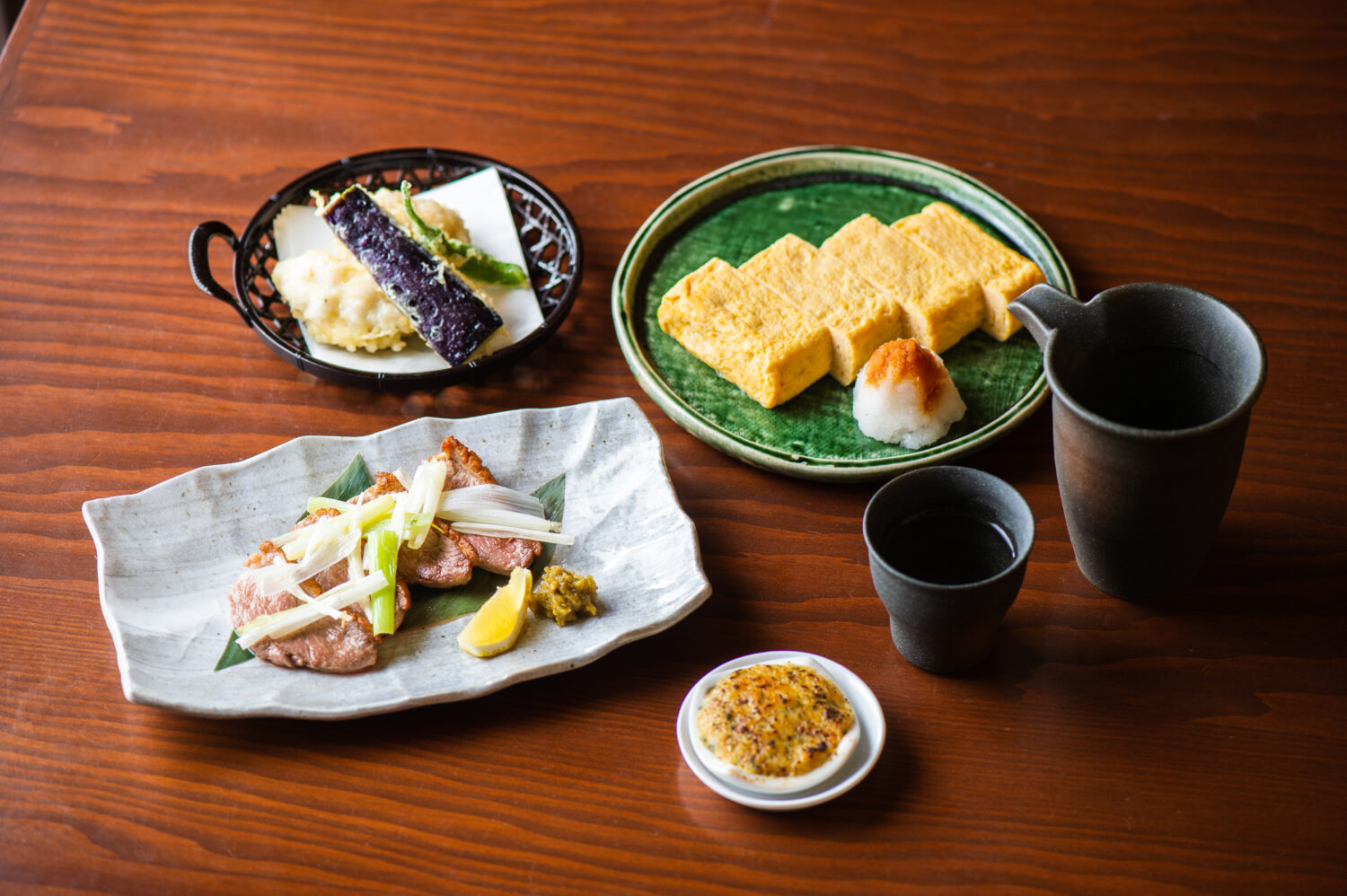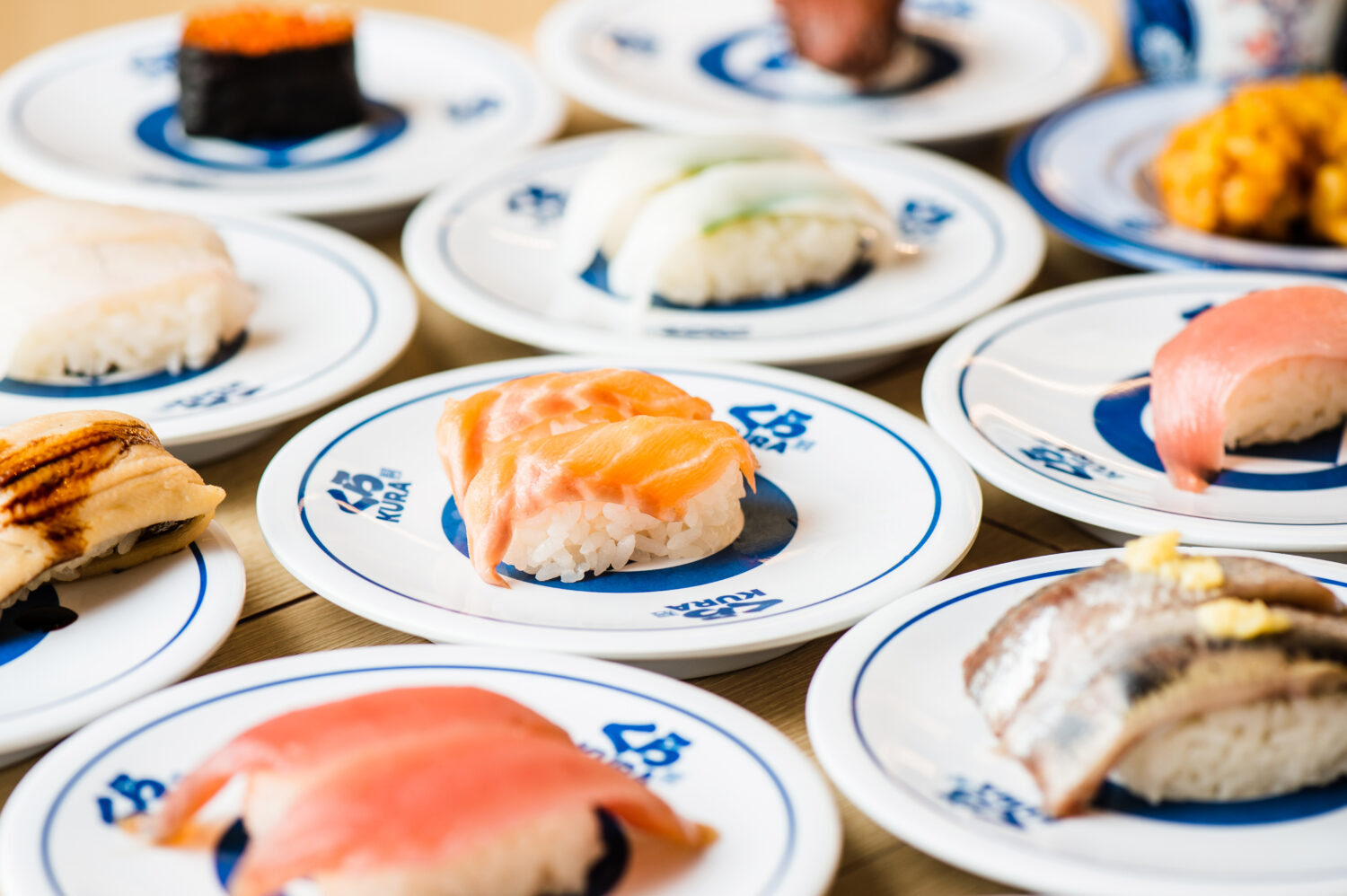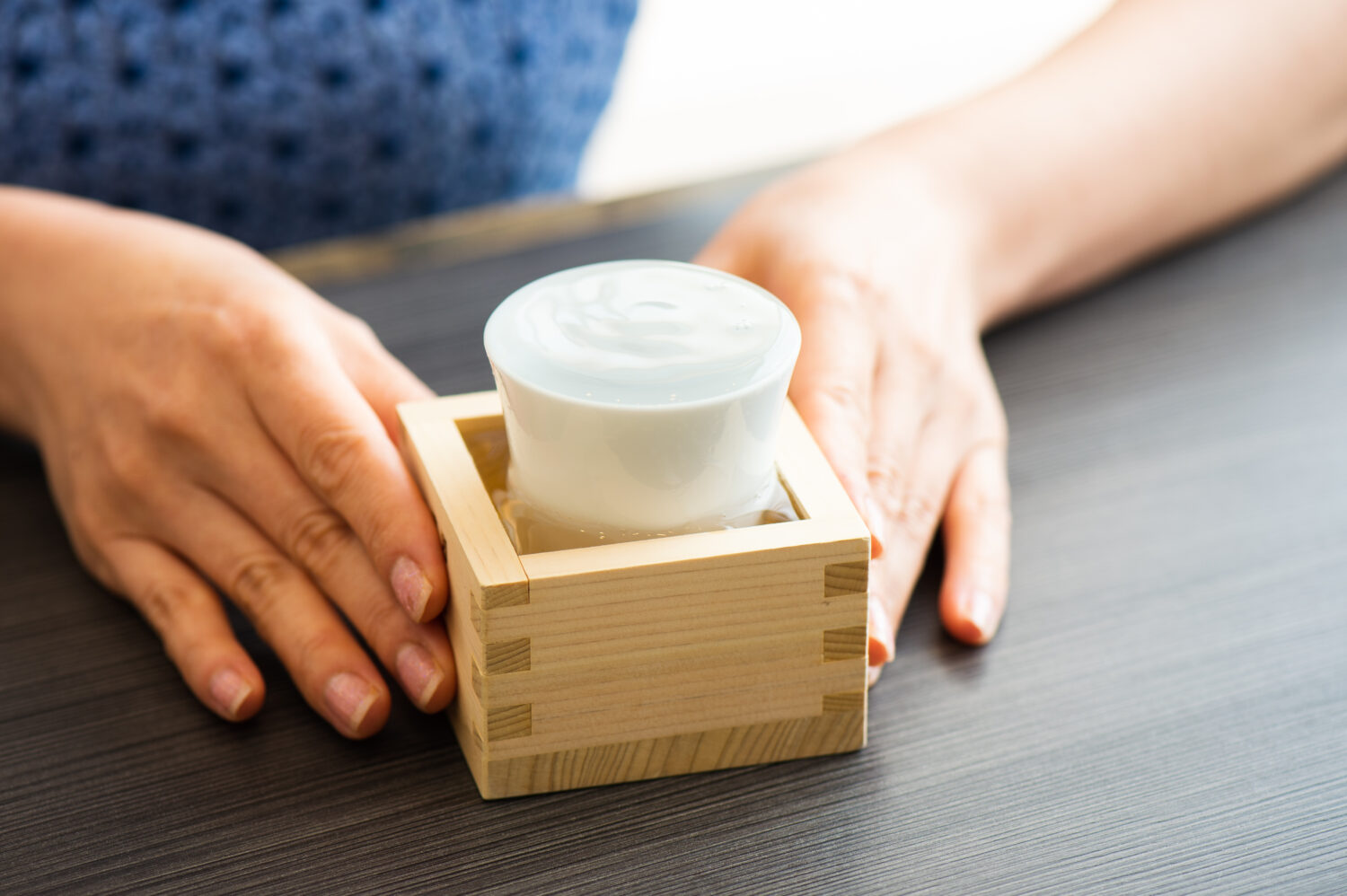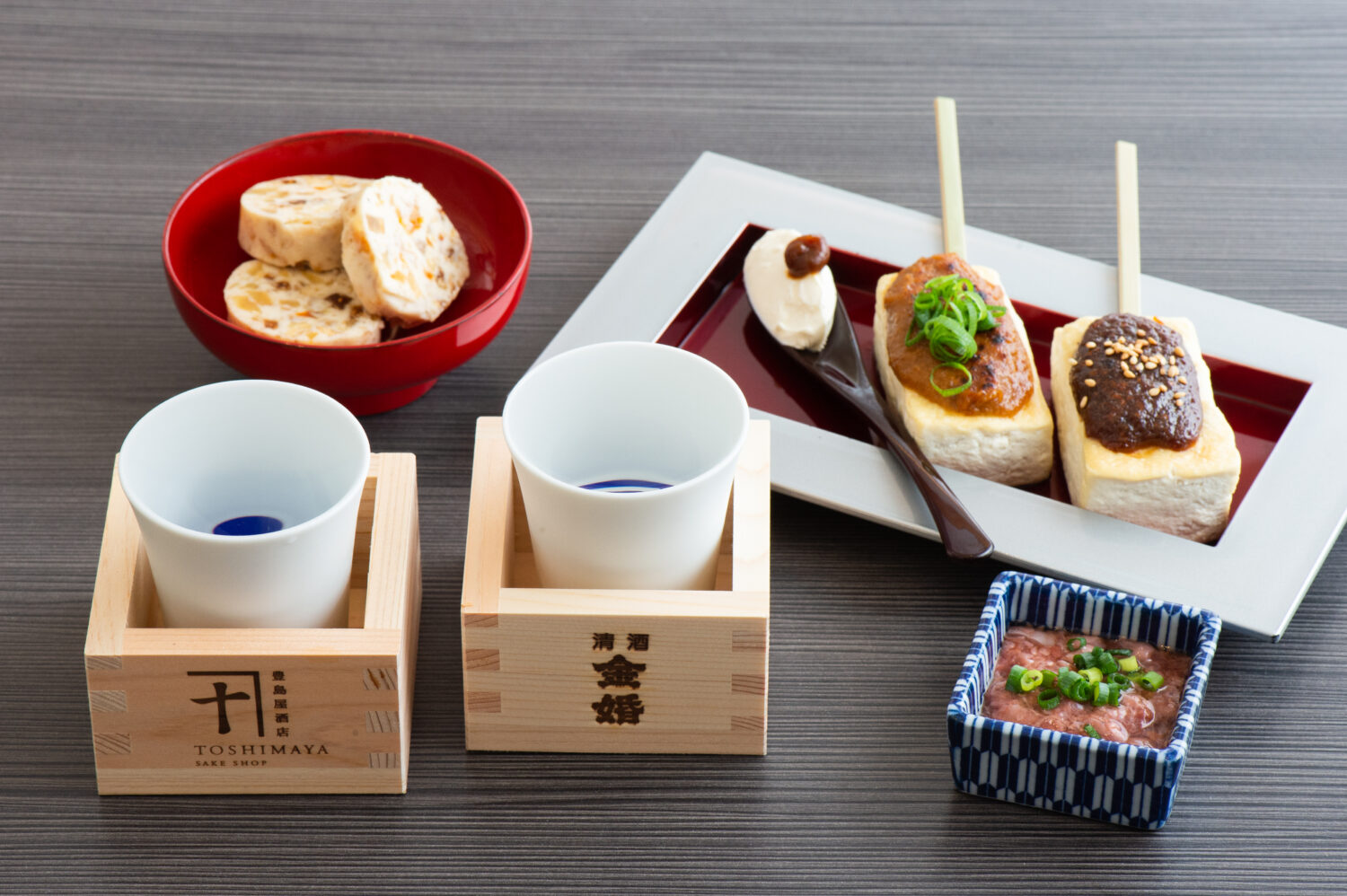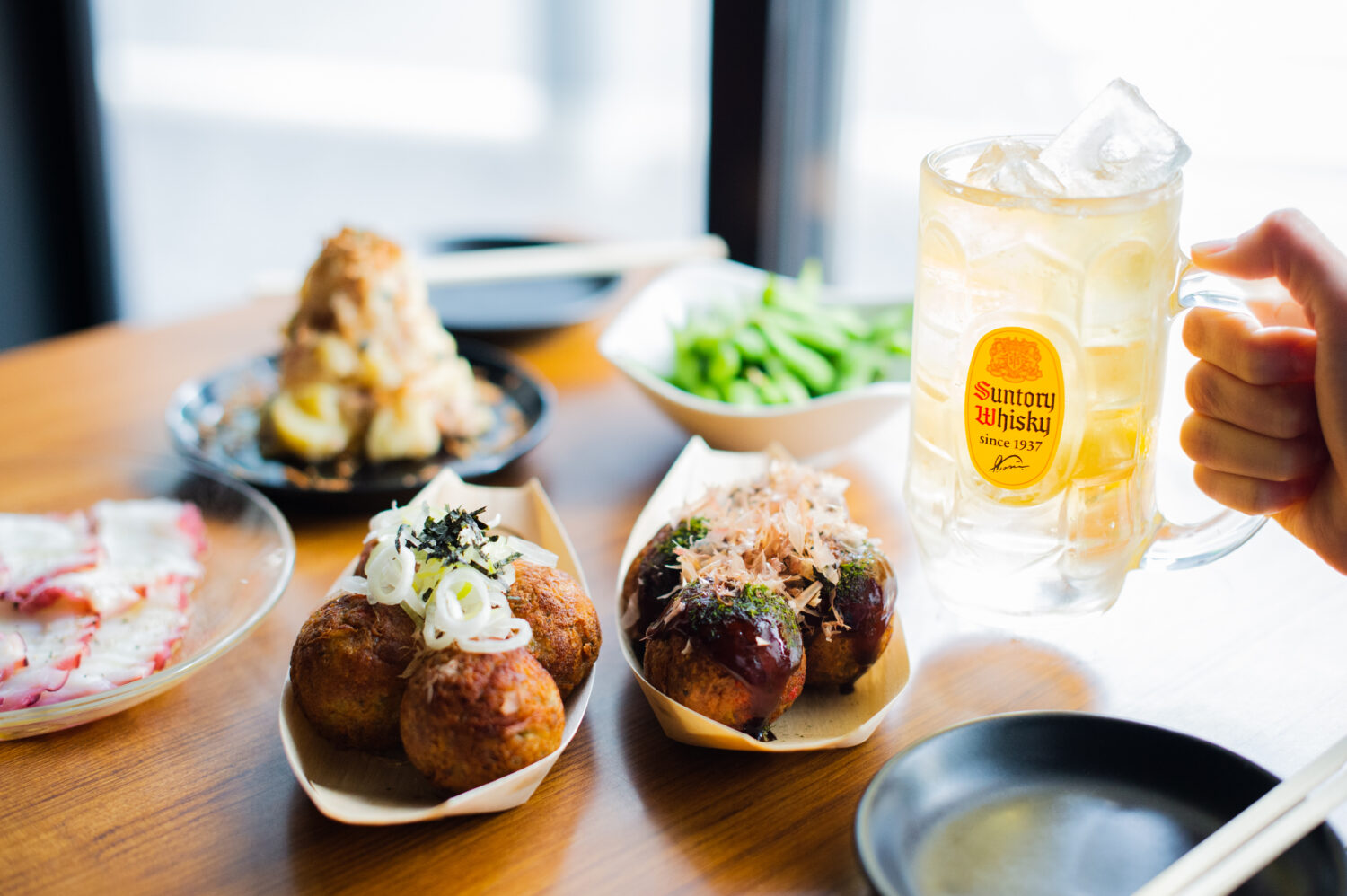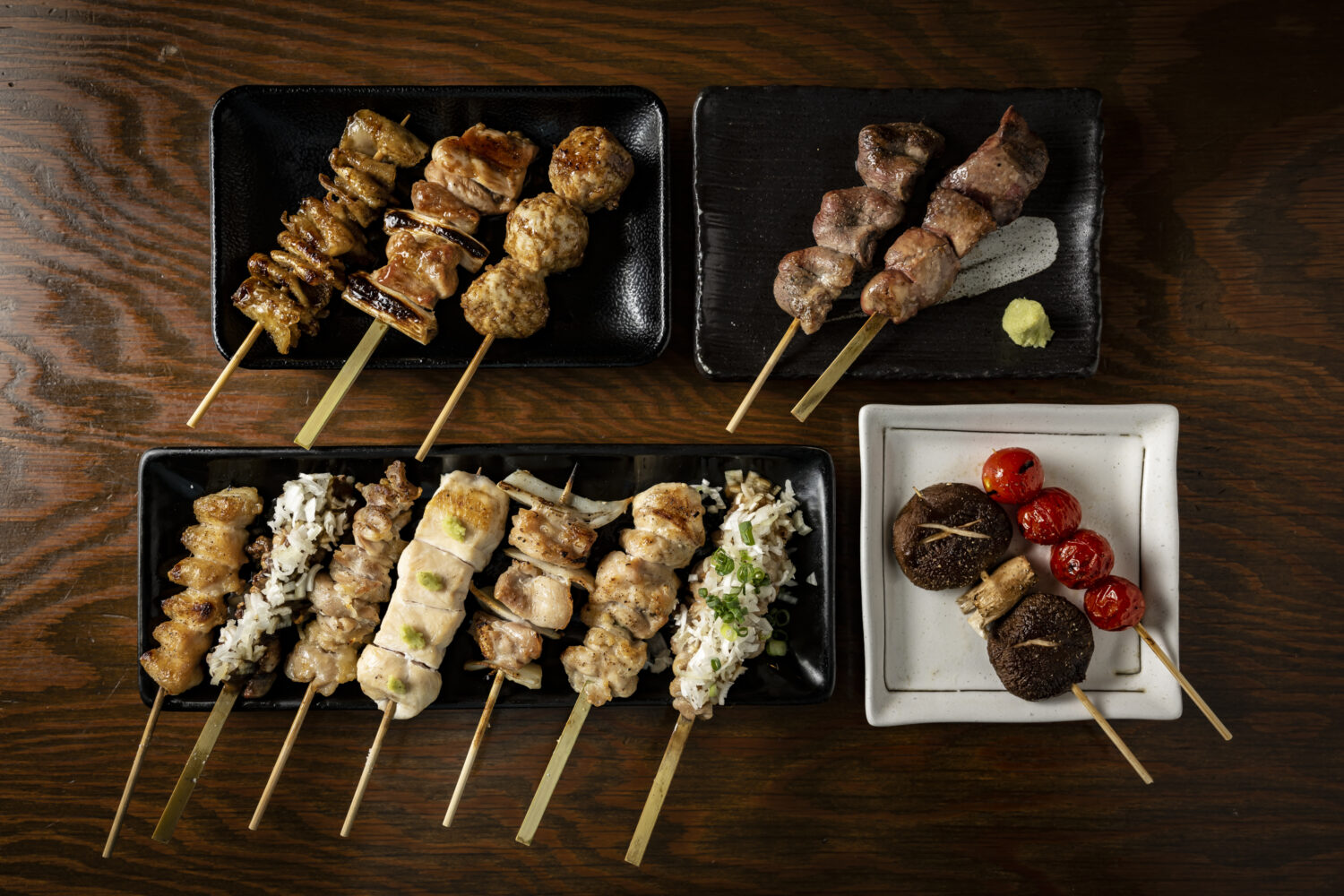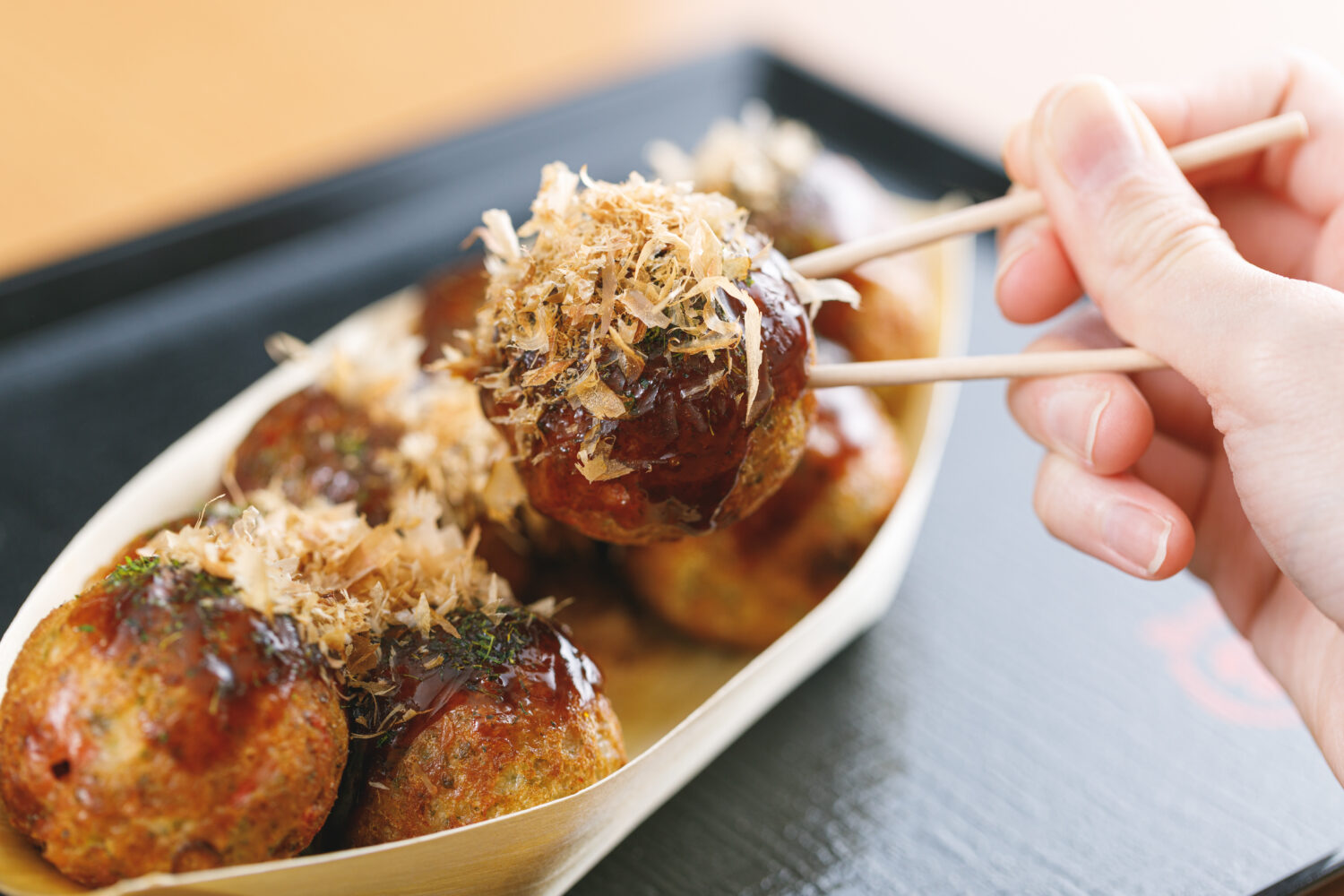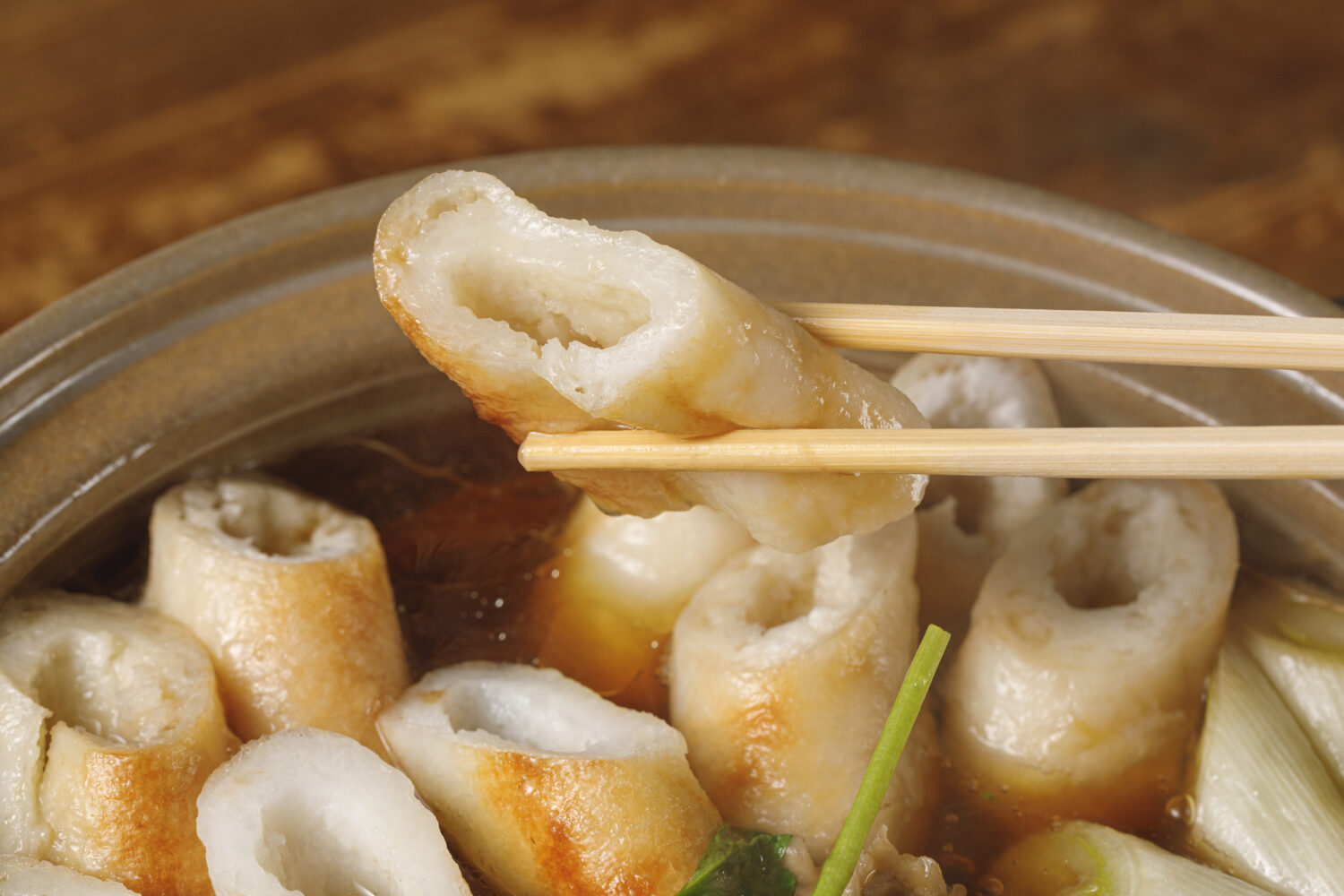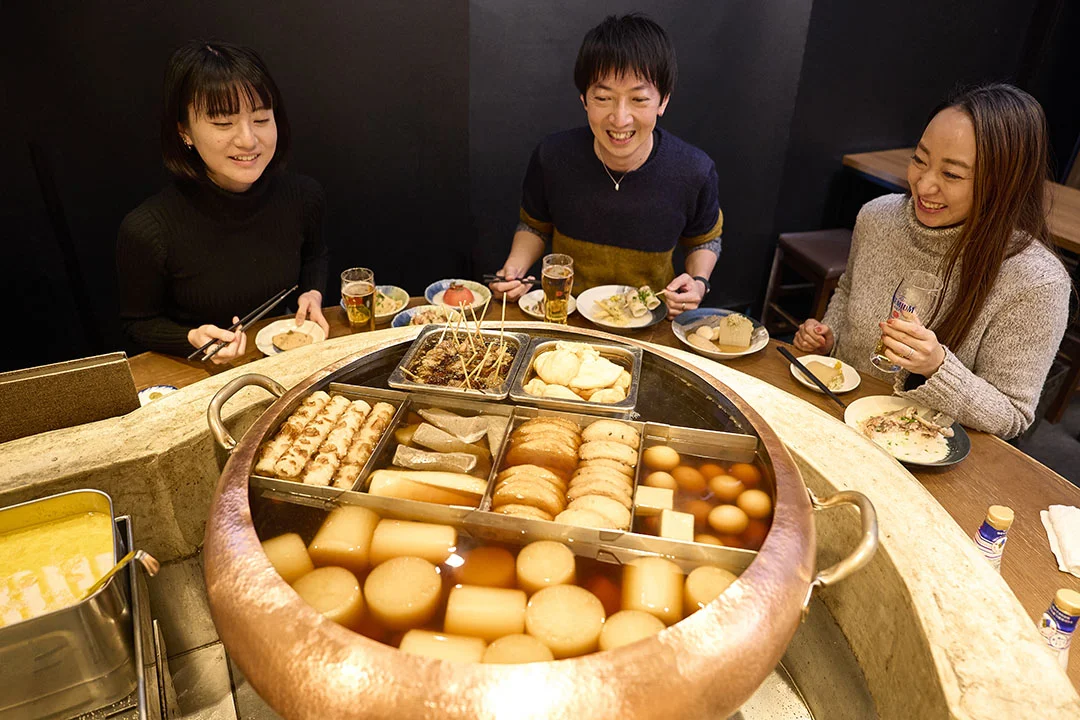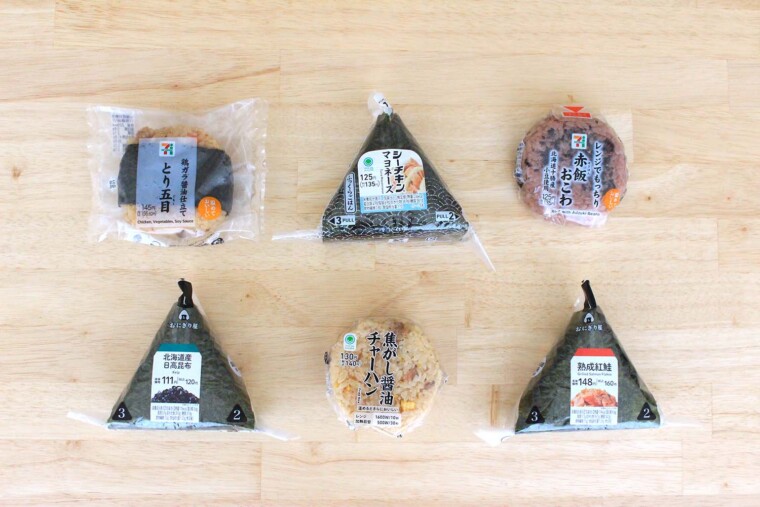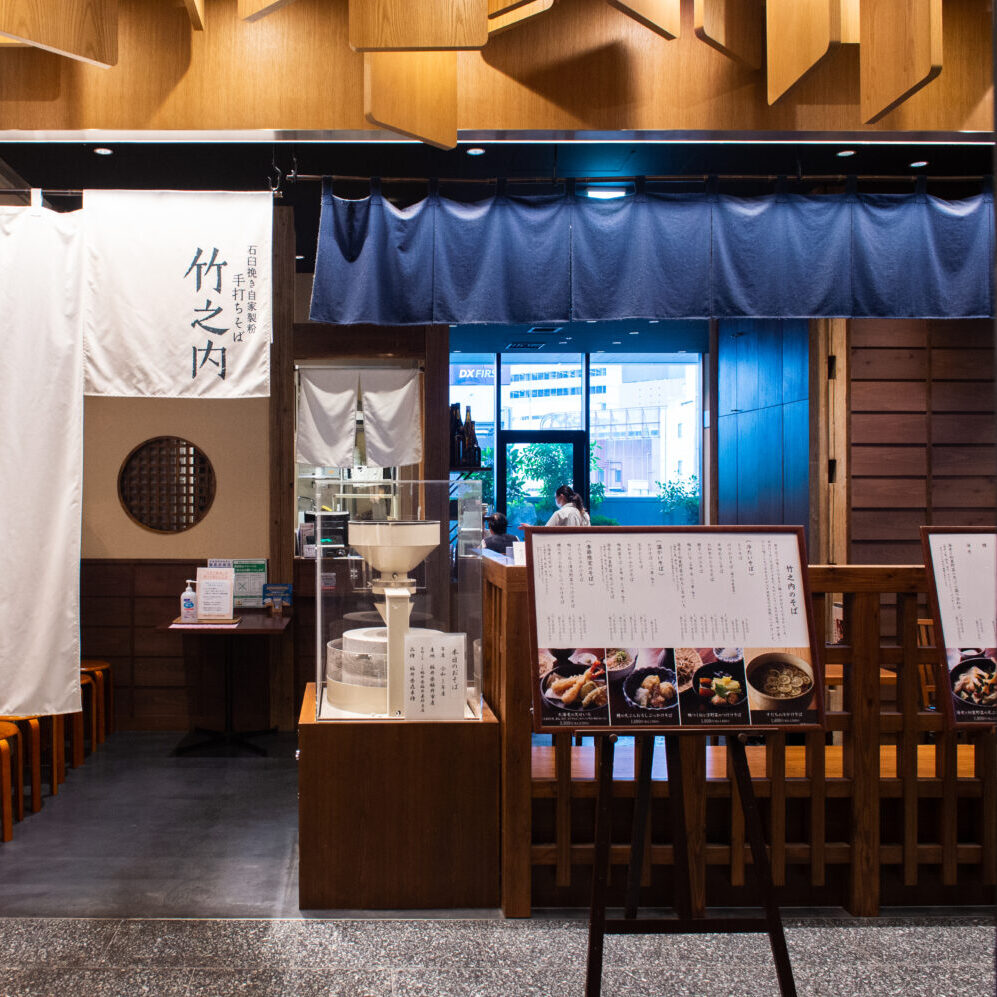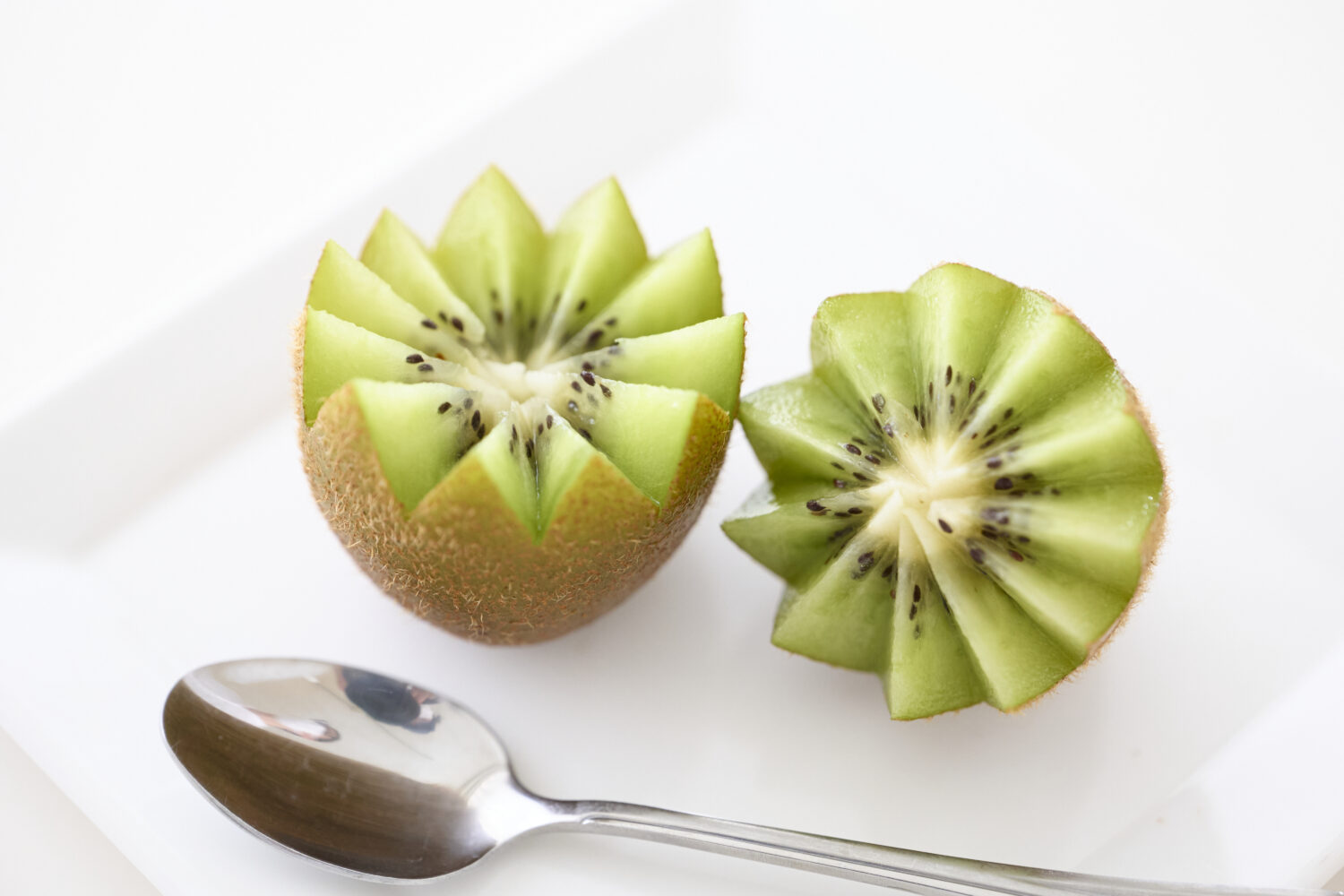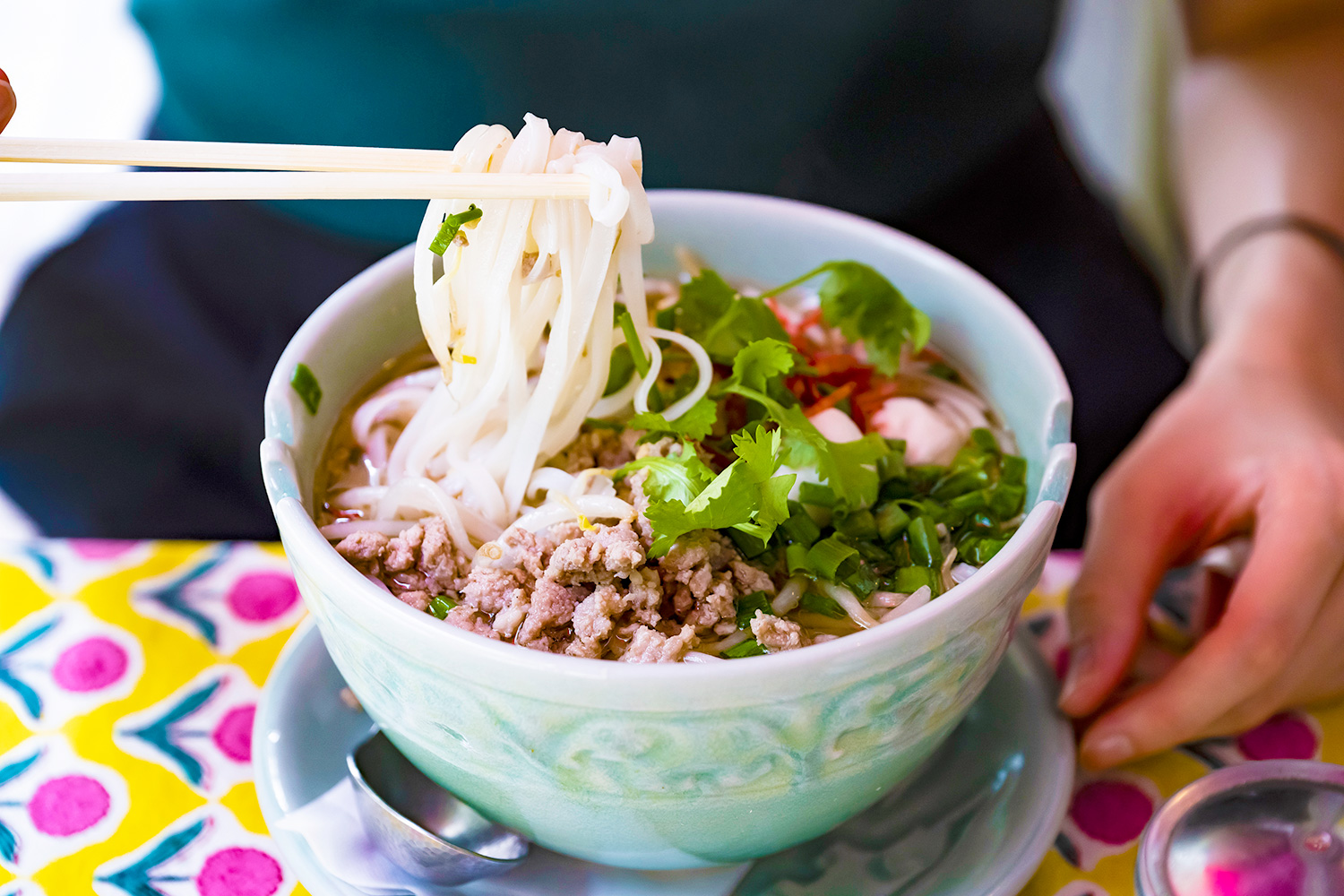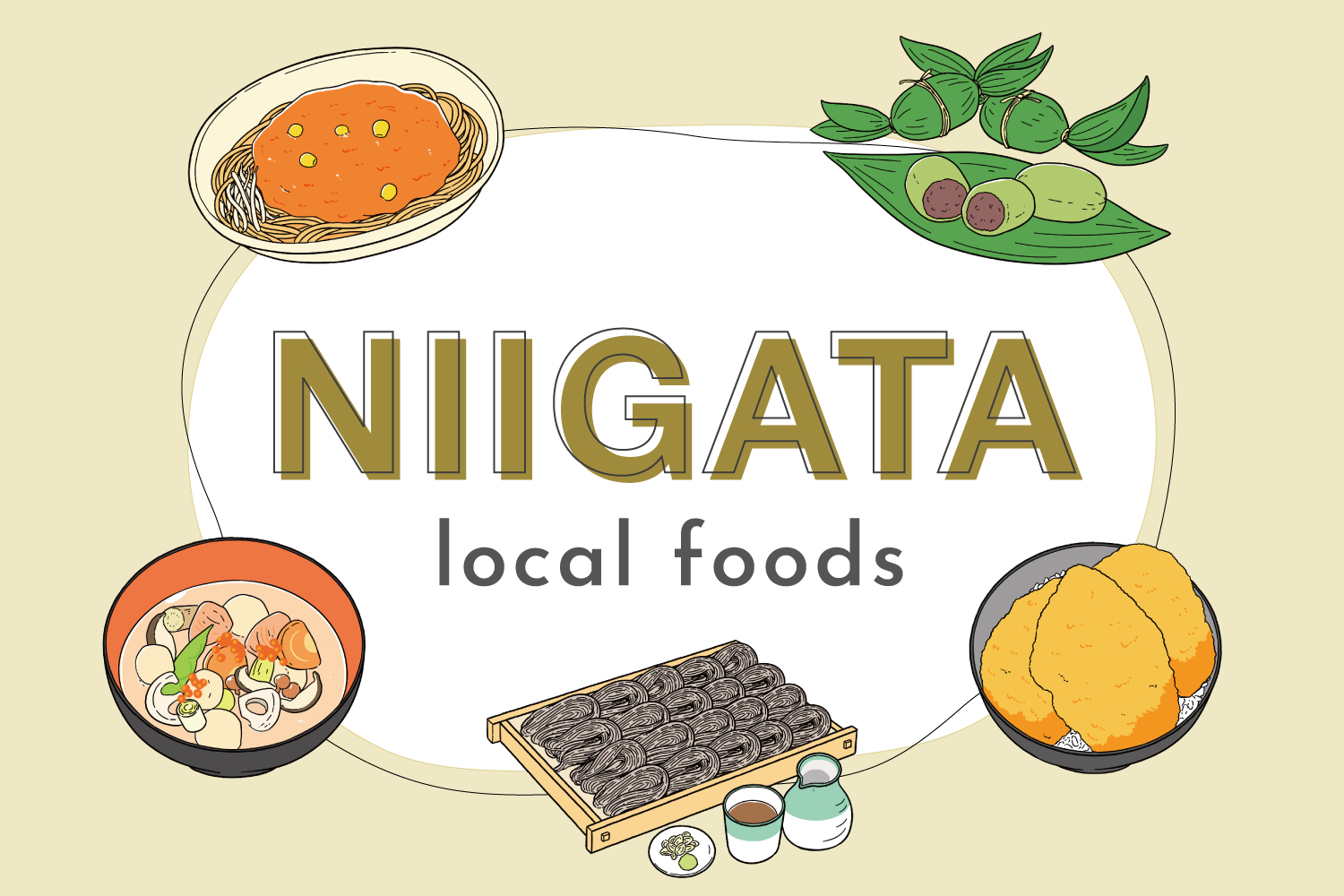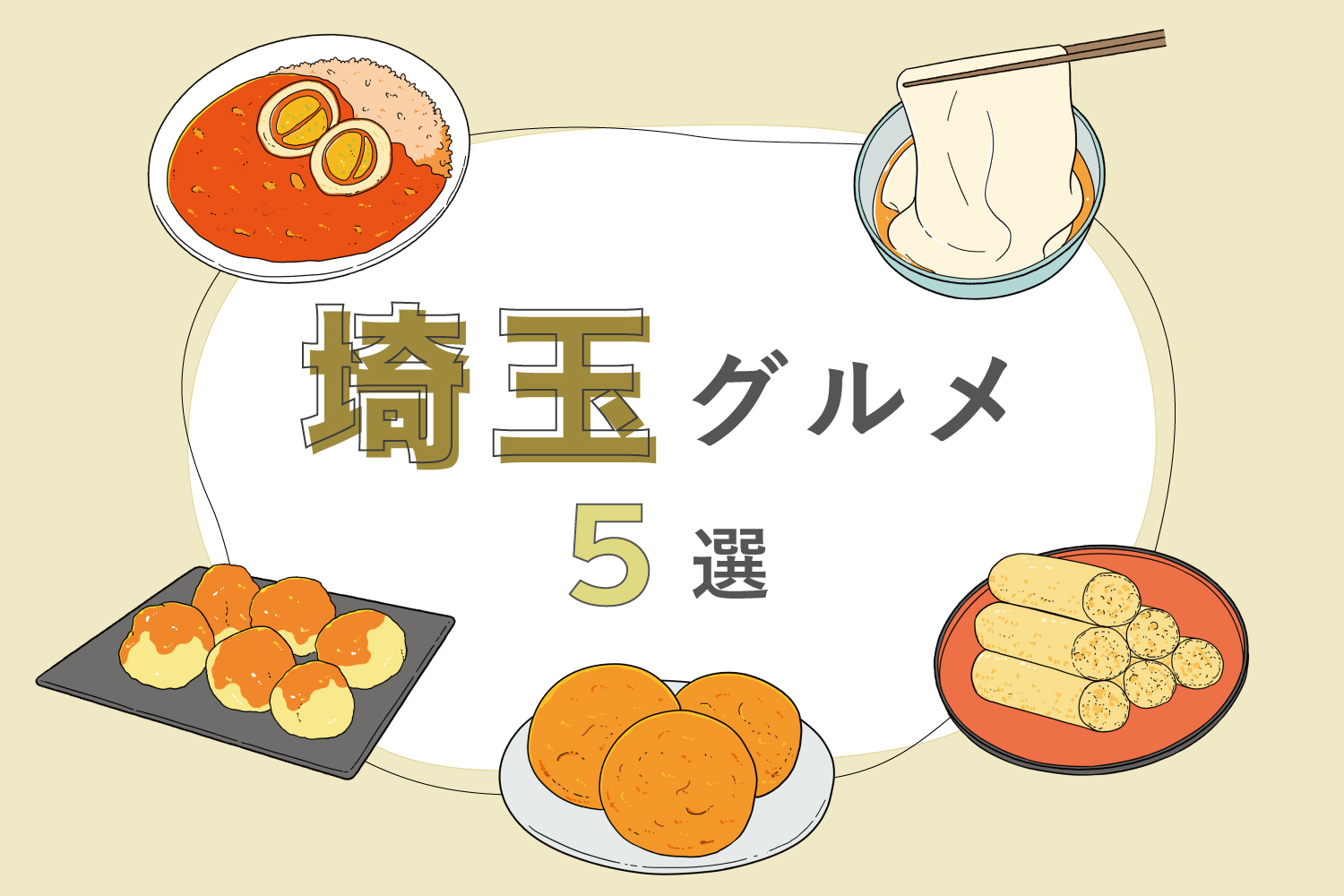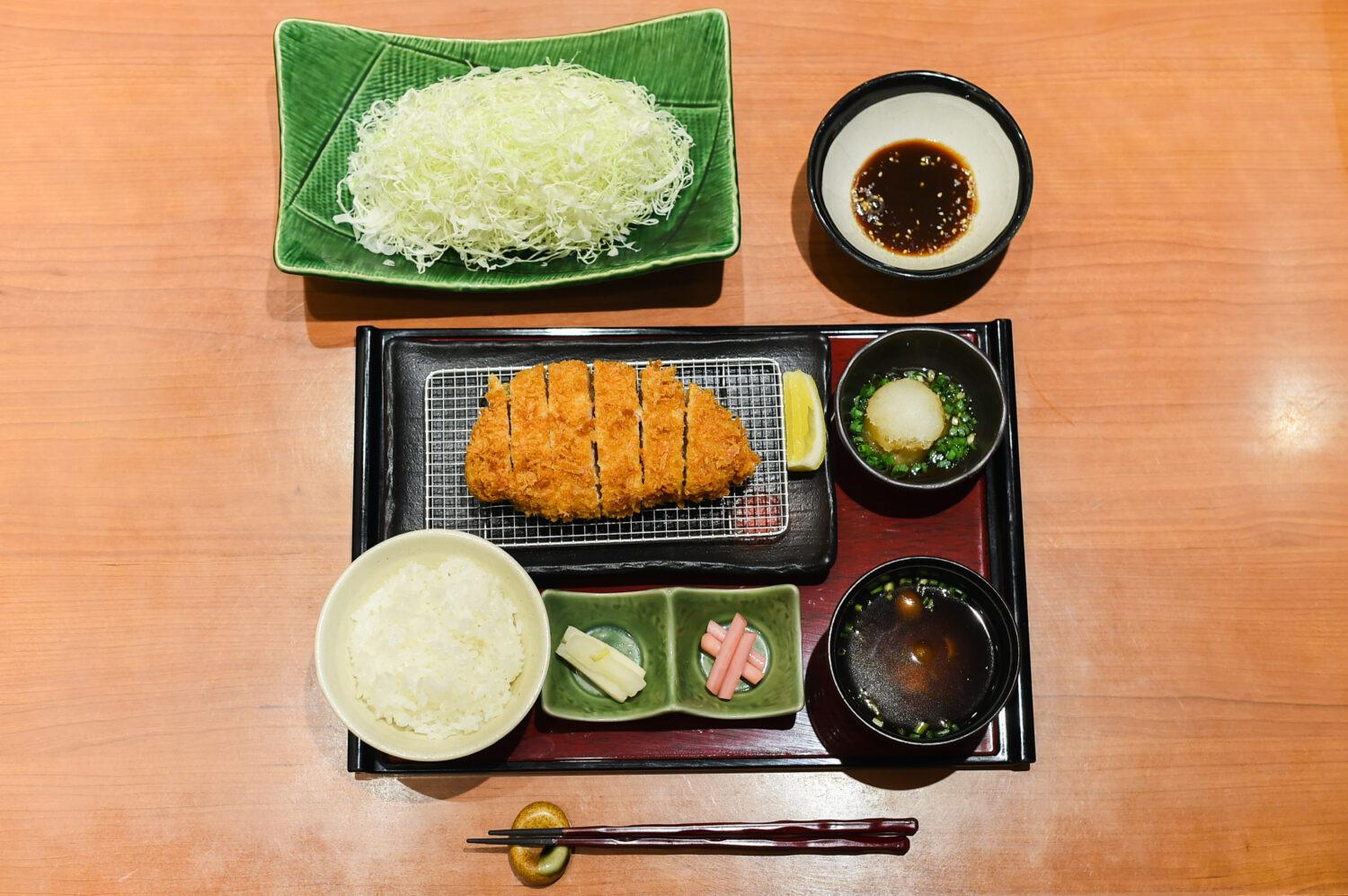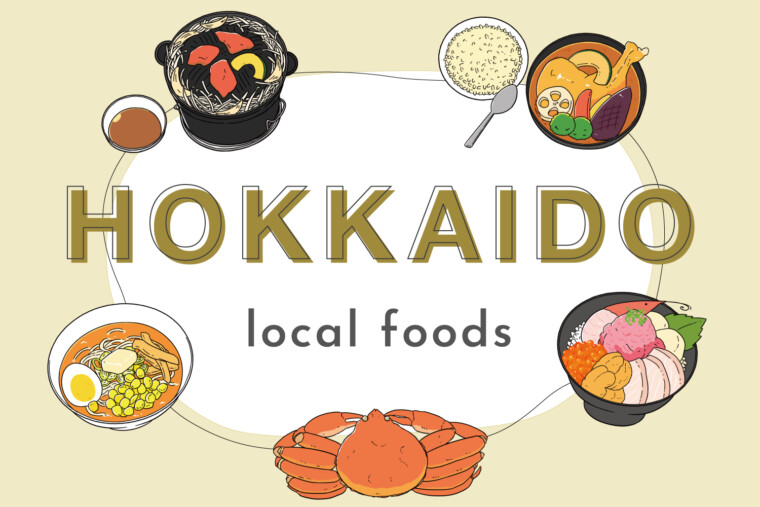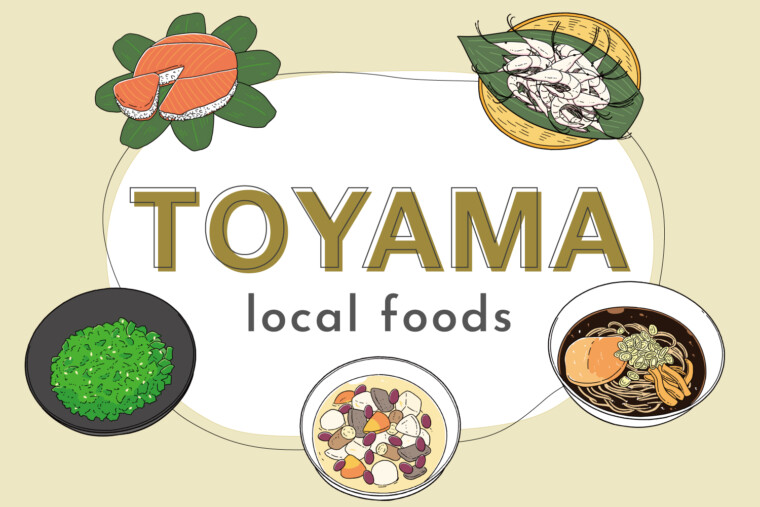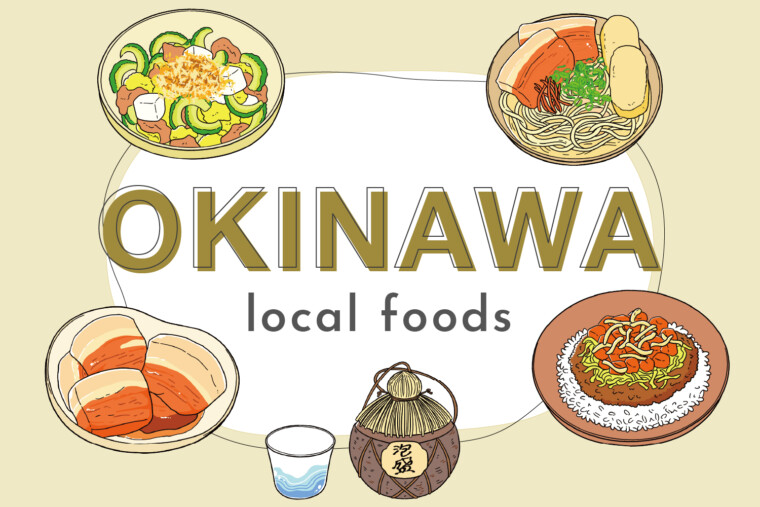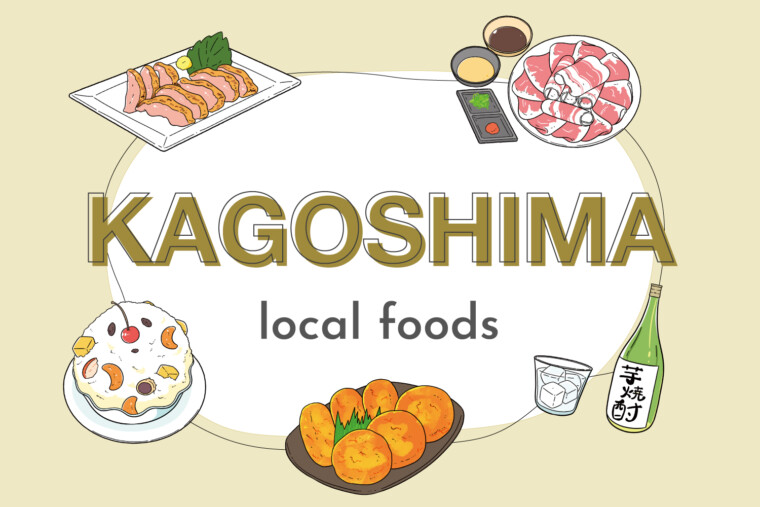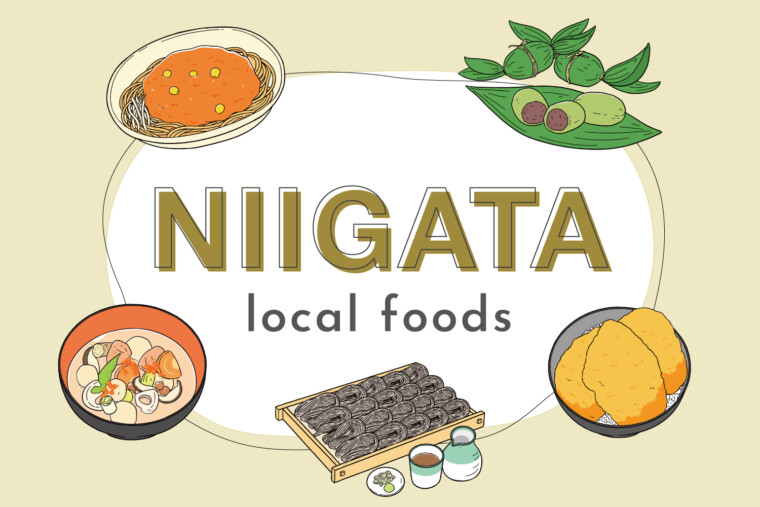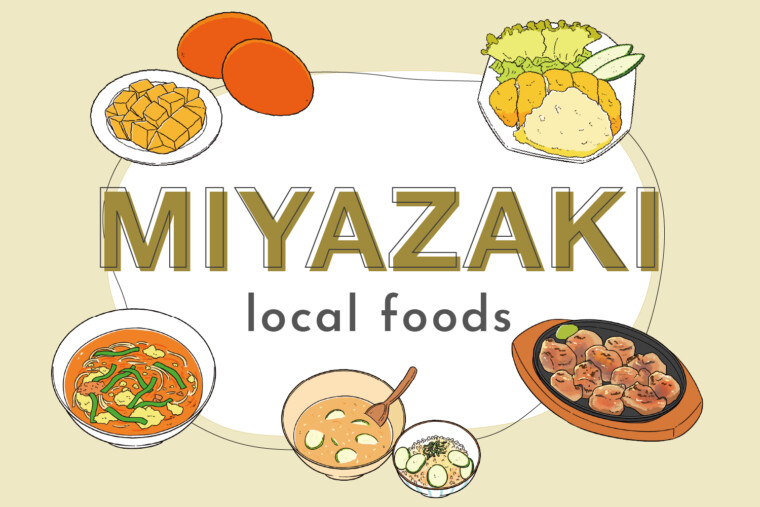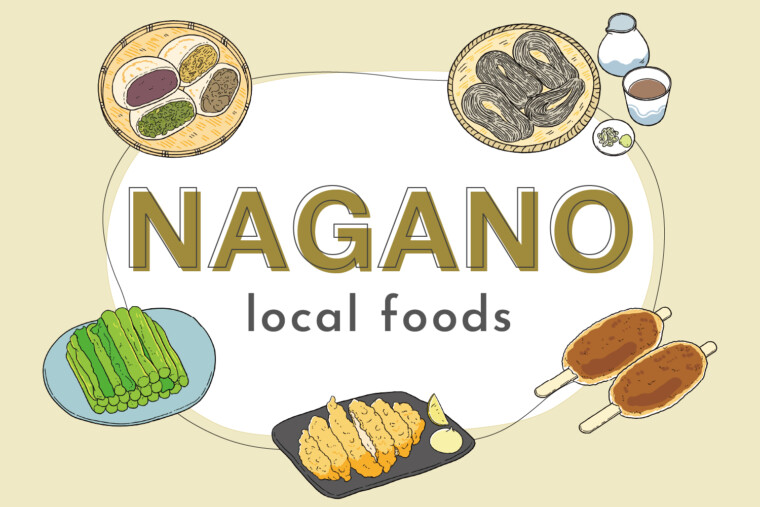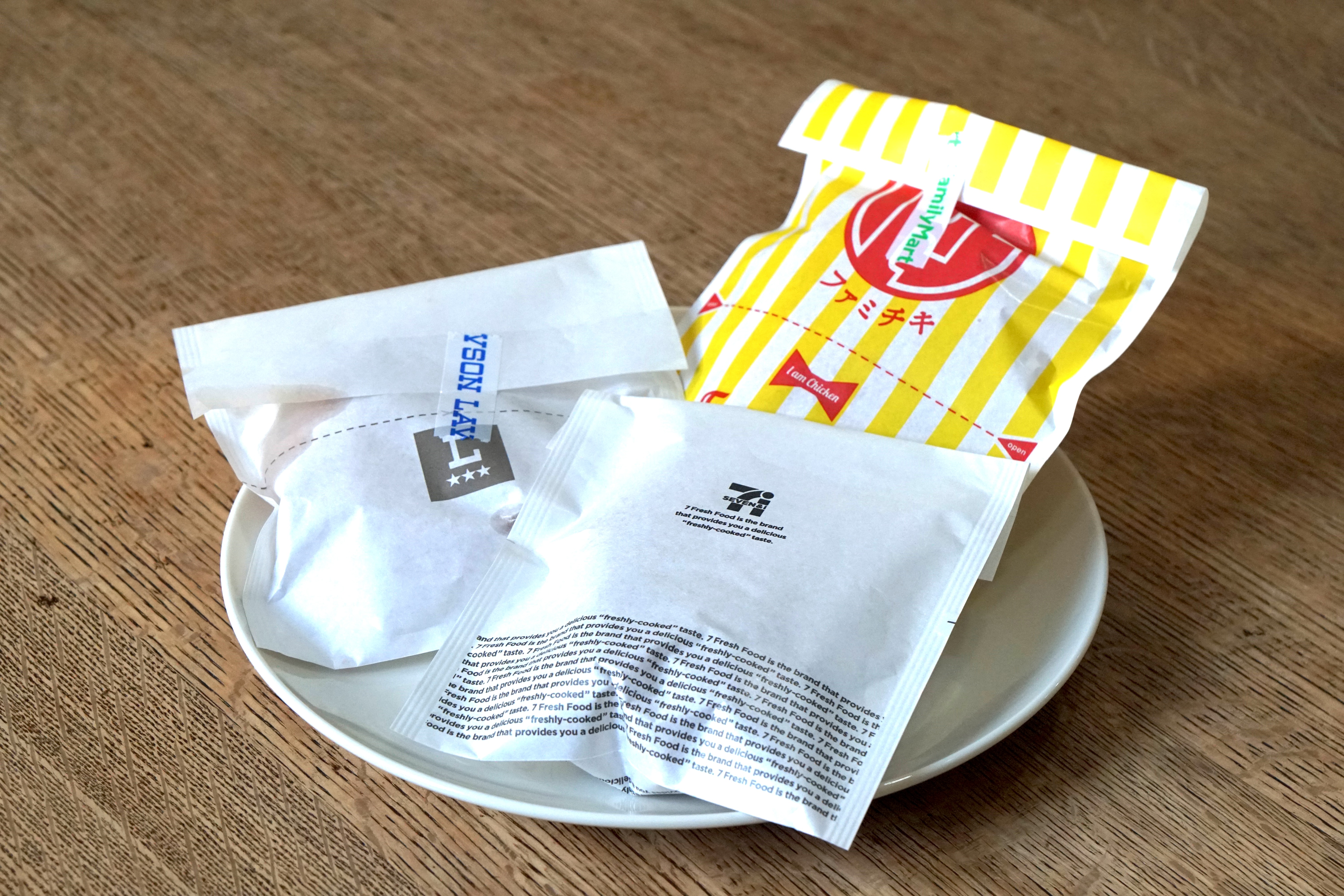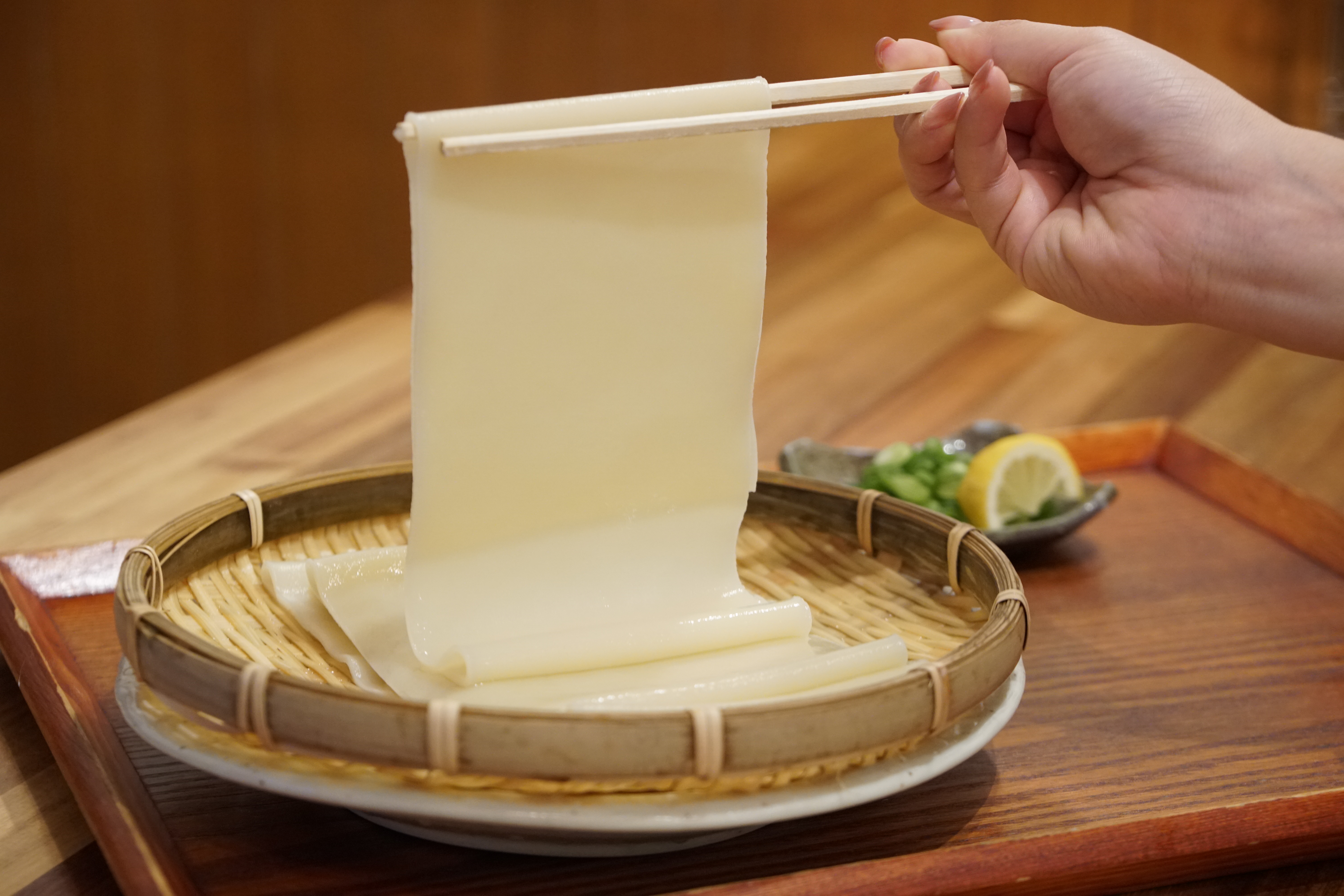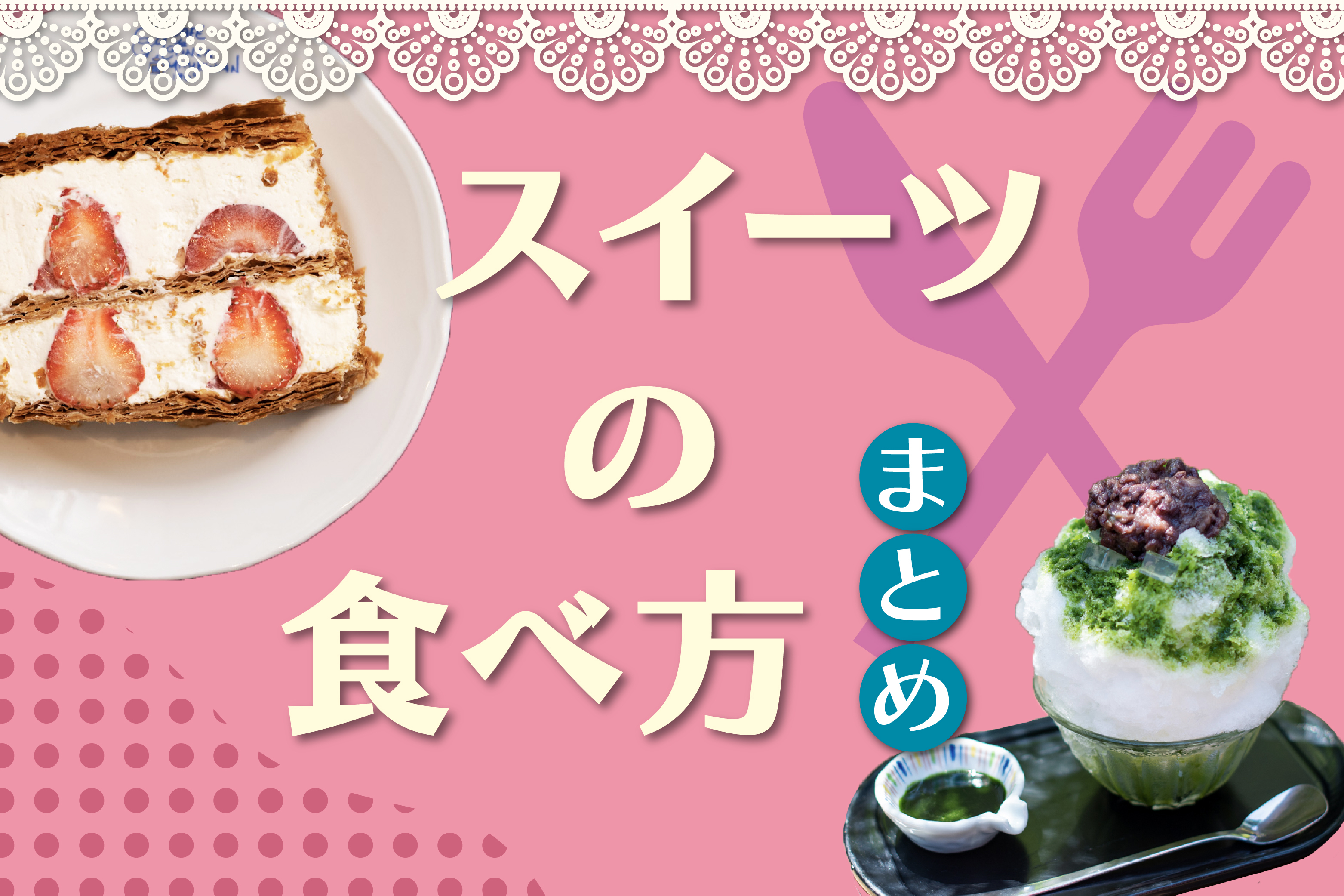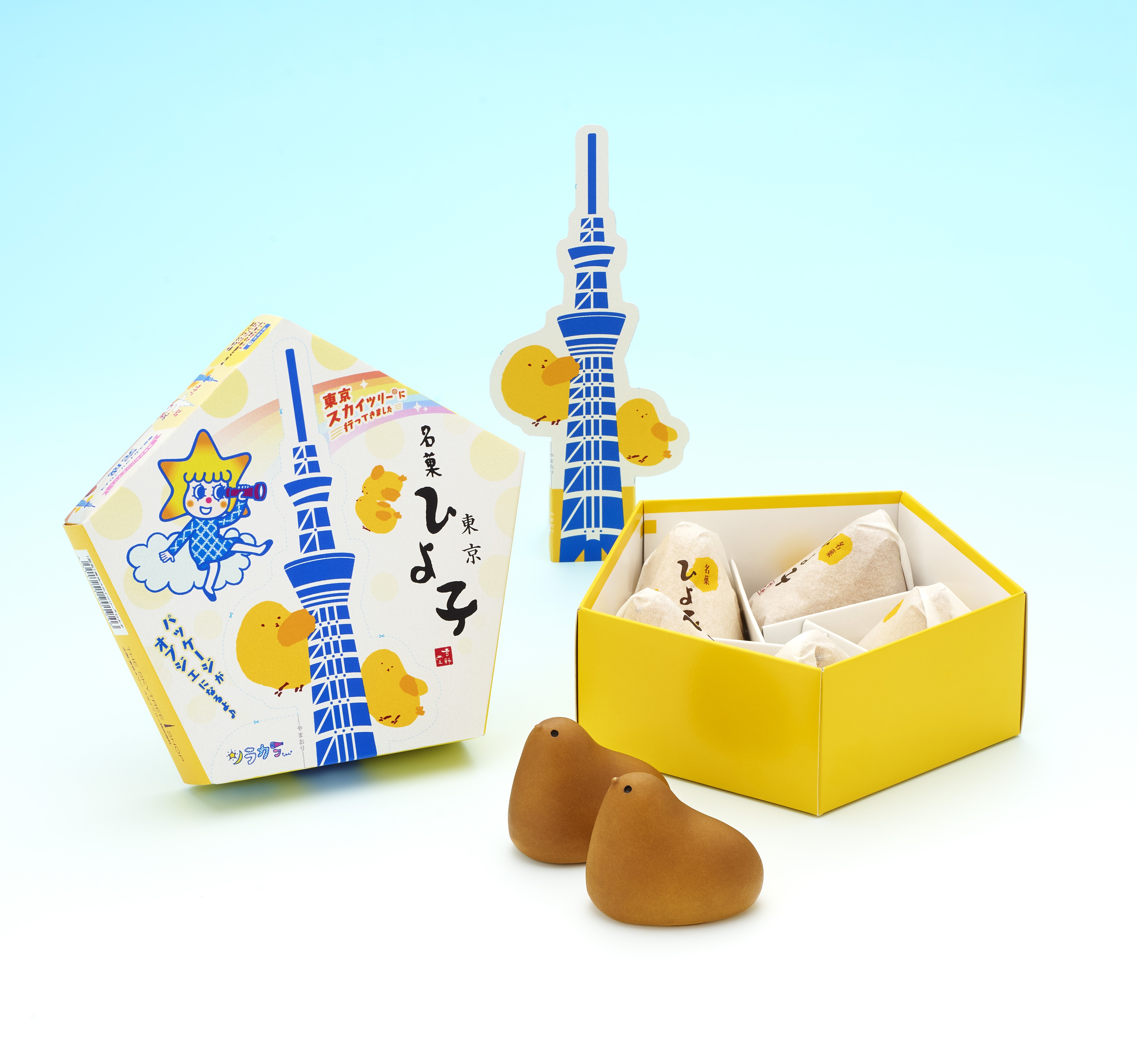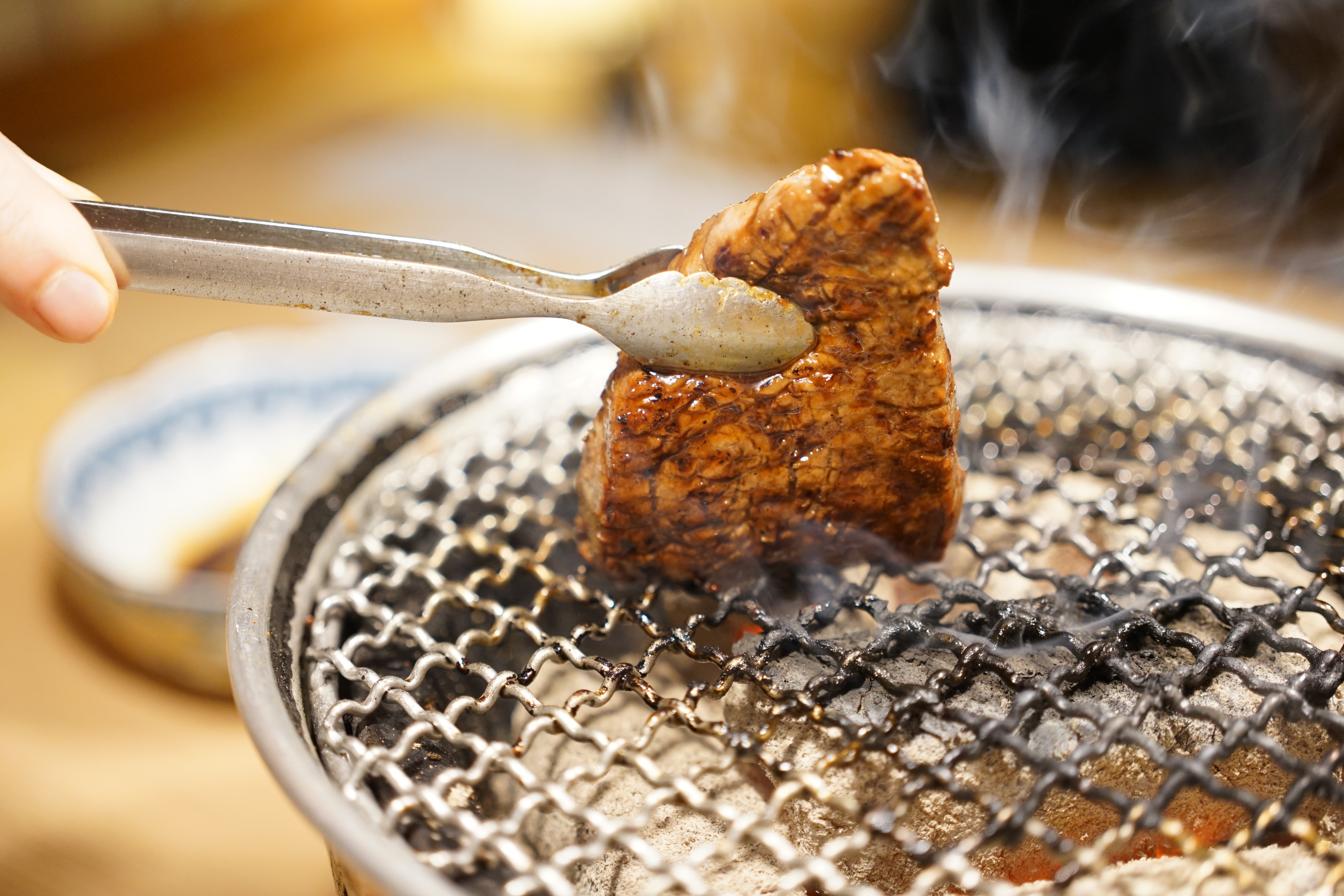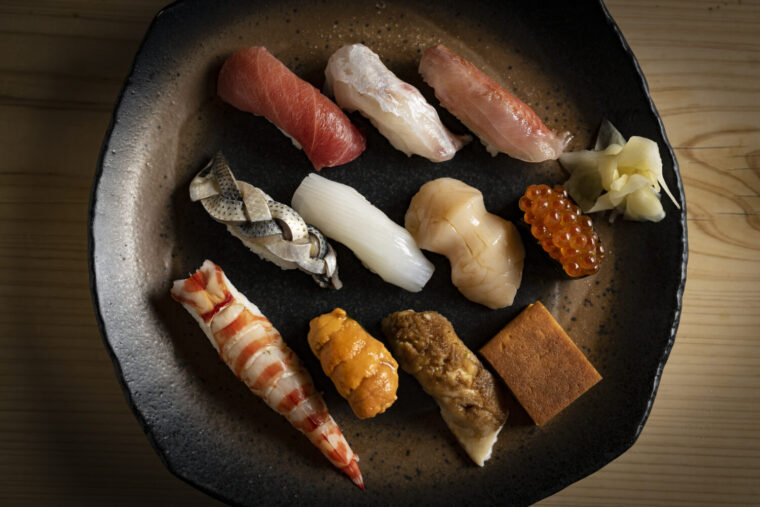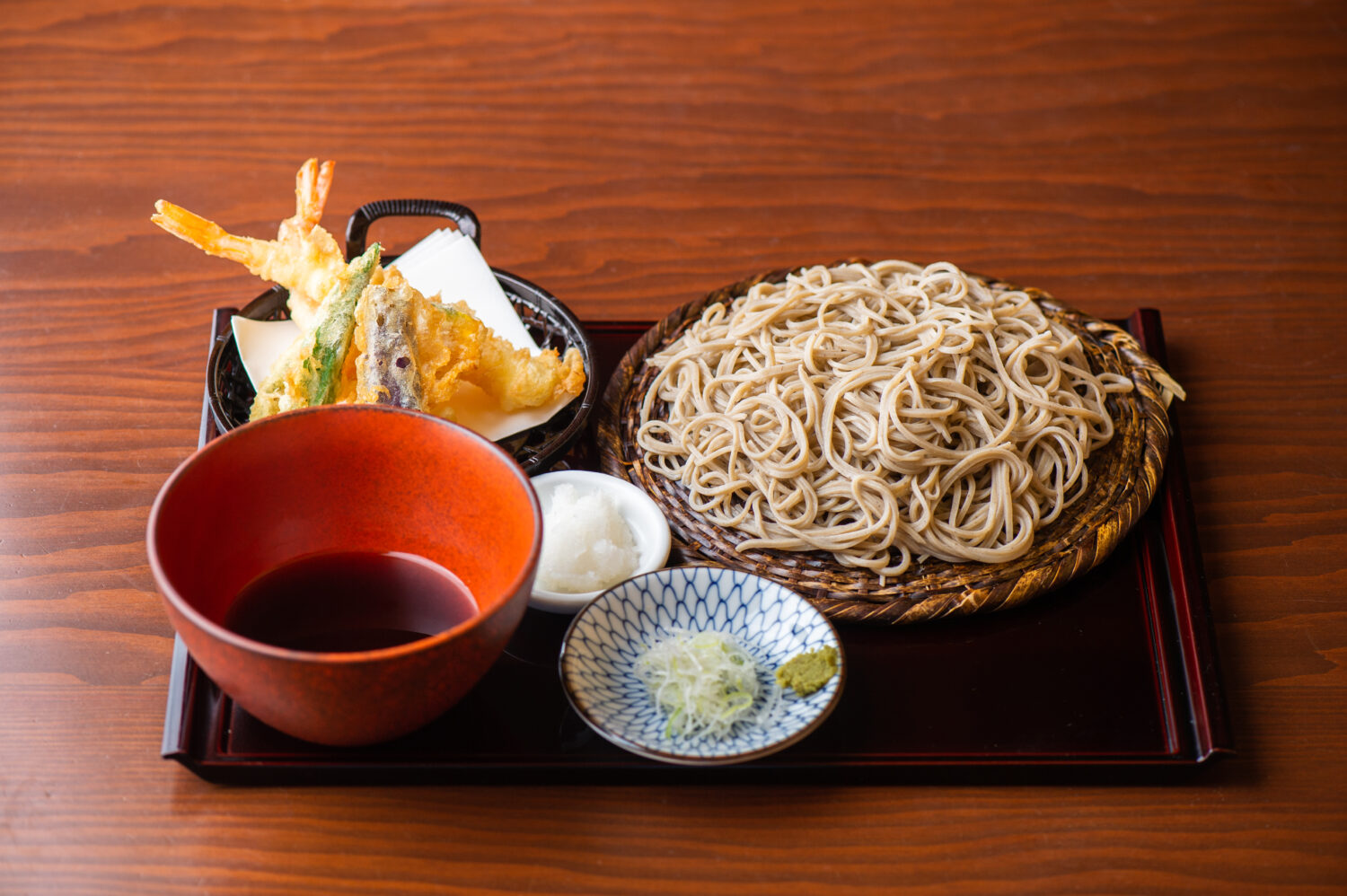
How to eat soba | In the authentic method, don’t add the condiments to the dipping sauce!
Teuchi soba are buckwheat noodles rolled and cut by hand. Having become popular from the Edo period (early 1600s to mid 1800s), you might say this is a traditional fast food of Japan! Do you know the authentic method to appreciate the delicate flavor of soba? Here’s a test of your knowledge: ten-seiro, cold buckwheat noodles served with tempura. We’ve asked a specialty restaurant about the authentic way to enjoy this dish, and you might be surprised!
share:
Table of Contents
Enjoy the profound flavor of the buckwheat itself
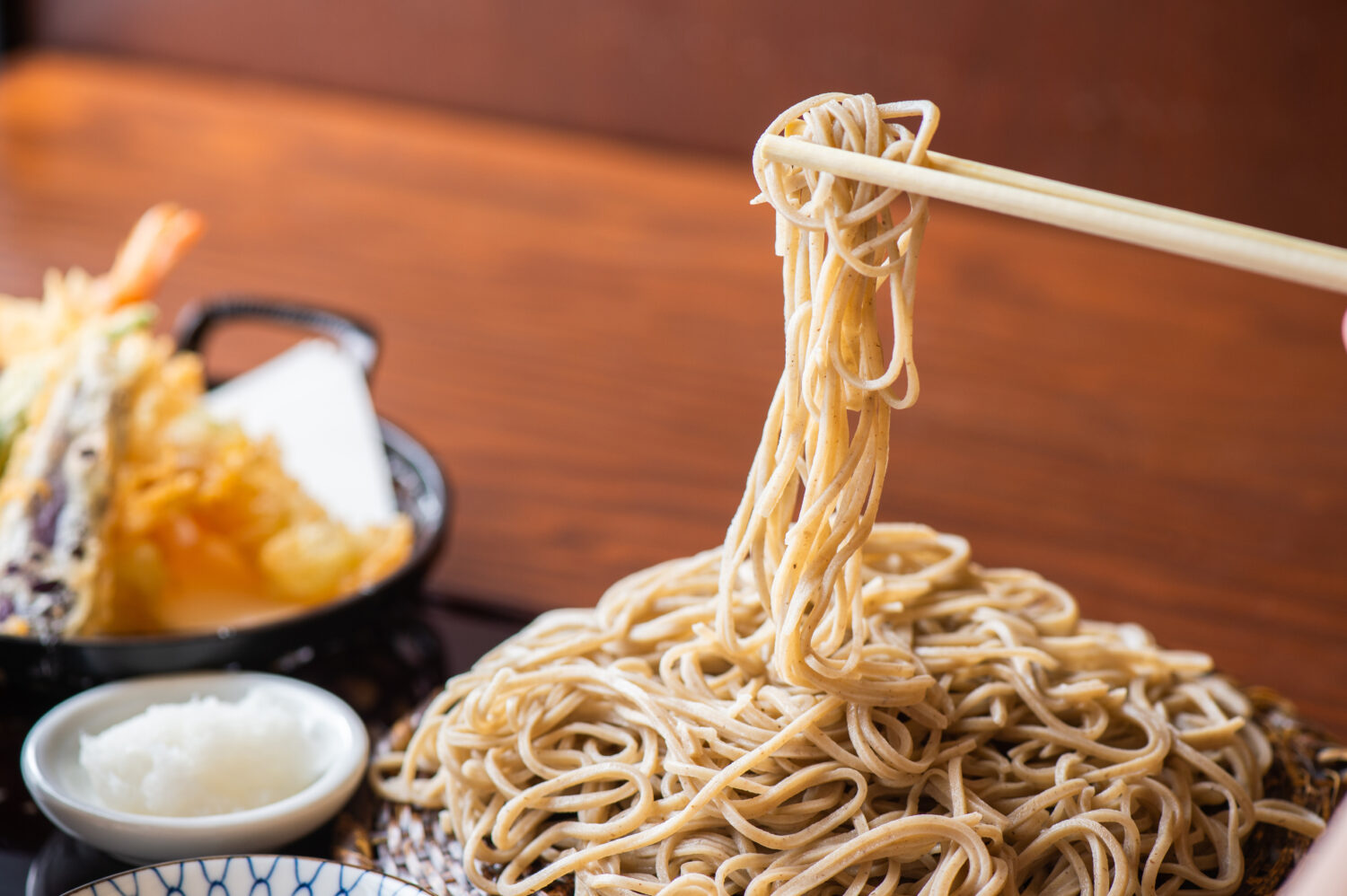
A true soba aficionado takes the first bite of the noodles alone without dipping in the tsuyu (dipping sauce), appreciating the fragrance of the buckwheat flour, the toothsomeness of the noodle, and the simple, yet profound flavor of the buckwheat itself.
Don’t forget to taste the tsuyu (dipping sauce)
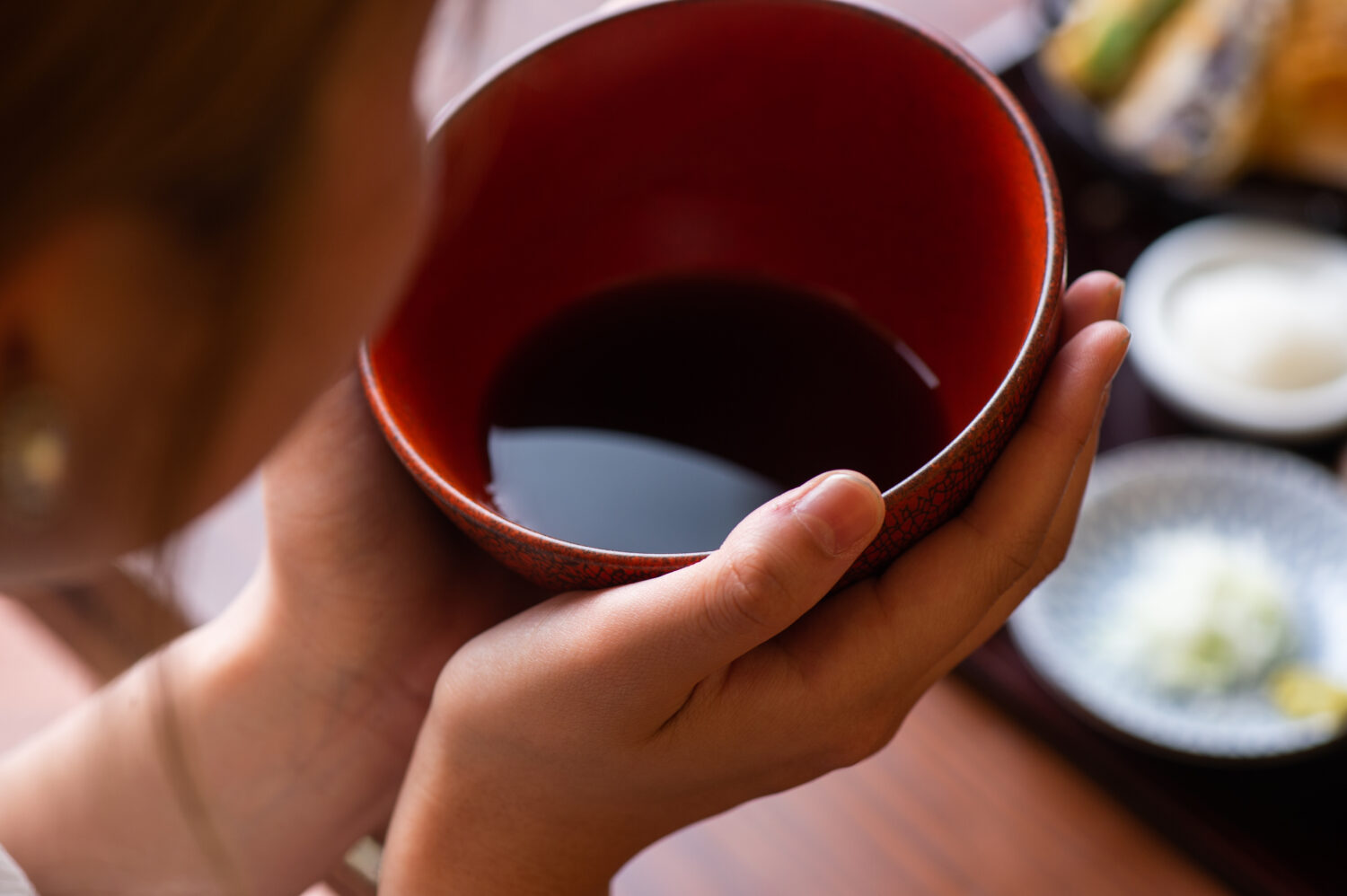
After appreciating the flavor of the soba noodles, next, taste the tsuyu (dipping sauce). First, take a small sip. Is it salt-forward, or is the sweetness more prominent? Evaluating the flavor of the tsuyu on its own allows you to consider how far to dip the noodles to suit your palate.
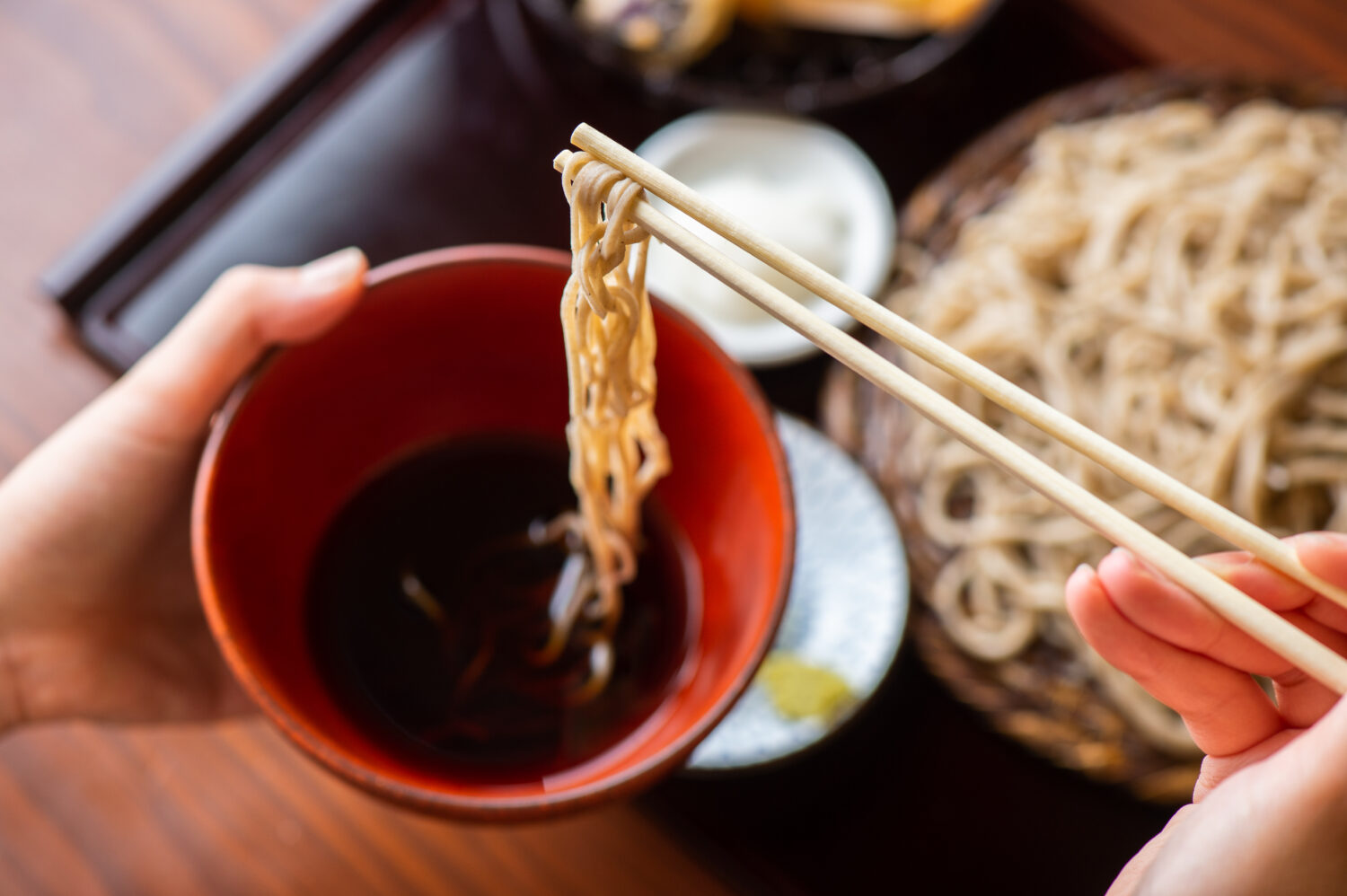
If you find the tsuyu to be salt-forward, only dip the end of your bundle of noodles, about one-third of the way. On the other hand, if you find the tsuyu to be on the sweet side, you can dunk the noodles all the way. After dipping, slurp up the noodles appreciatively. In Japan, it’s not bad manners to slurp your noodles.
Add yakumi (aromatic condiments) to the noodles, not to the dipping sauce

After enjoying some of the noodles, use the accompanying yakumi (aromatic condiments) to accent the flavor. Just be careful not to add the condiments directly to the dipping sauce. Don’t forget, you will use this same sauce to enjoy the tempura! When eating ten-seiro, the correct method is to top the noodles with condiments.
Top the tempura with daikon oroshi (grated daikon radish)
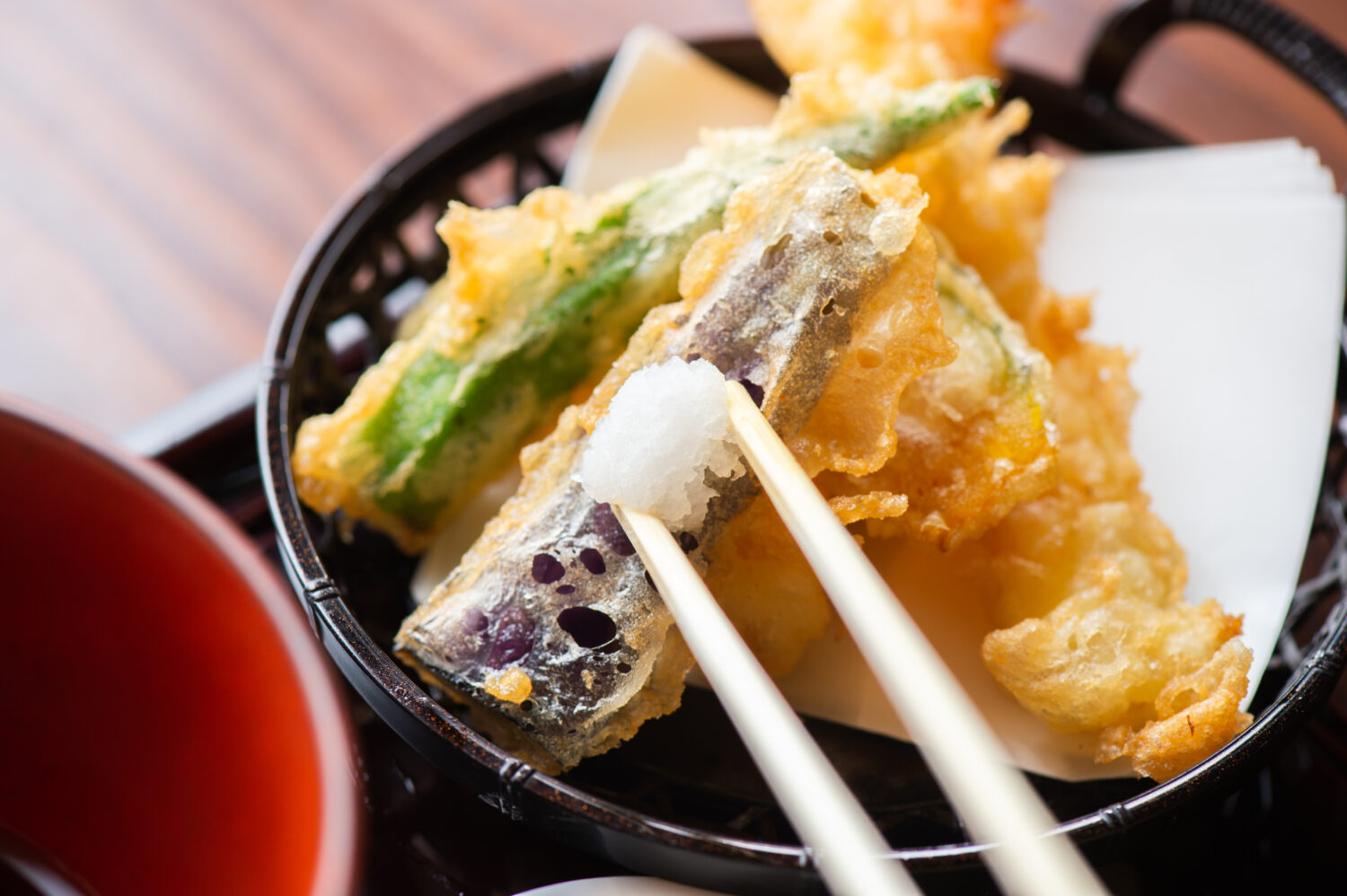
Daikon oroshi (grated daikon radish) is served as a topping for the tempura. For the same reason as the aromatic condiments, be mindful not to put the grated daikon into the sauce. Instead, top each piece of tempura with a small mound of grated daikon before dipping into the sauce. This will prevent the flavor of the daikon from being imparted to the sauce.
Finish with sobayu (water from boiling the buckwheat noodles)
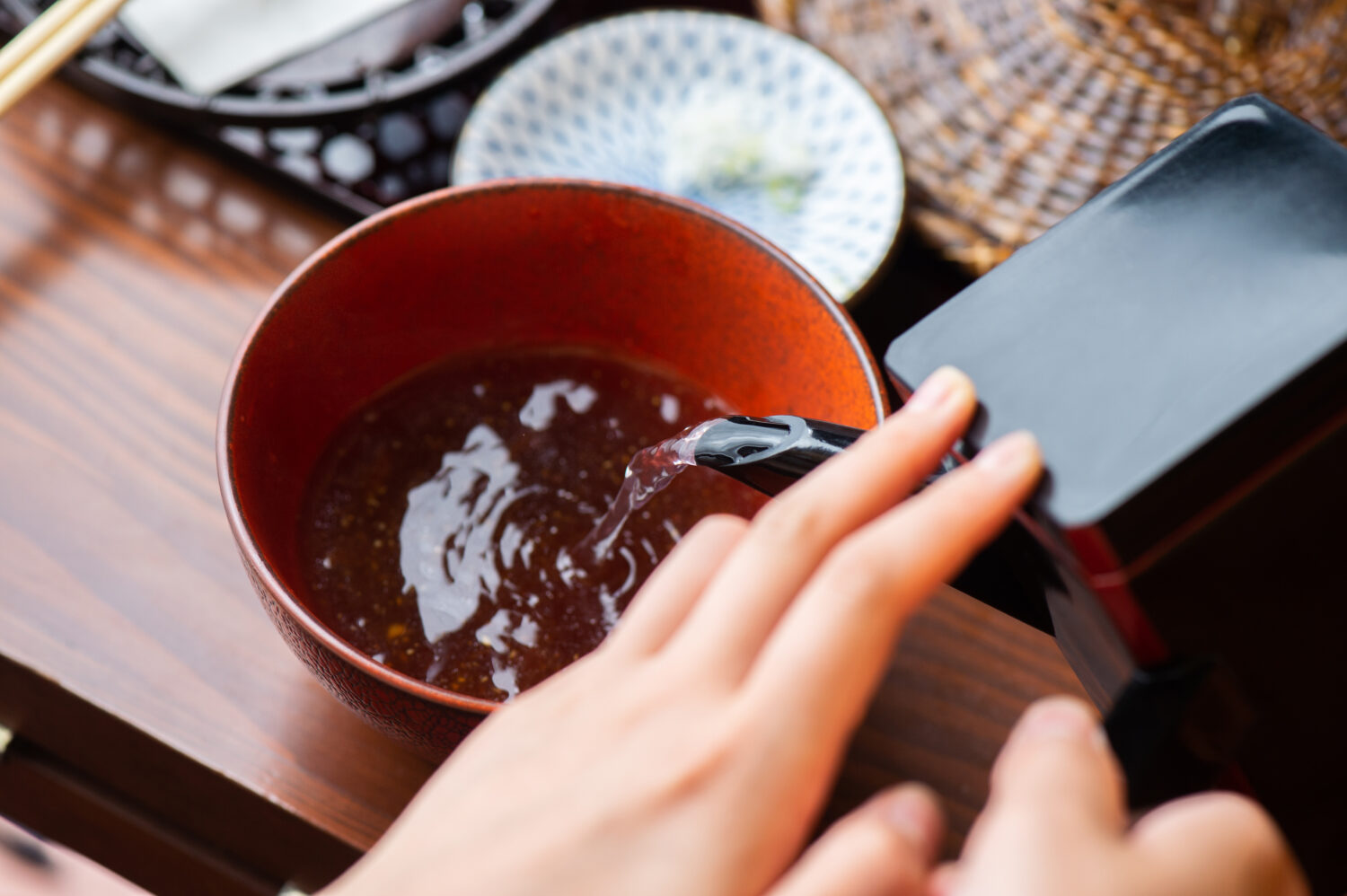
The classic way to finish a meal of handmade soba is with sobayu – the water used to boil the buckwheat noodles. Pour the sobayu into your remaining tsuyu. The ratio is up to individual preference, but generally, about three parts sobayu to one part tsuyu is said to provide the optimal balance of flavor.
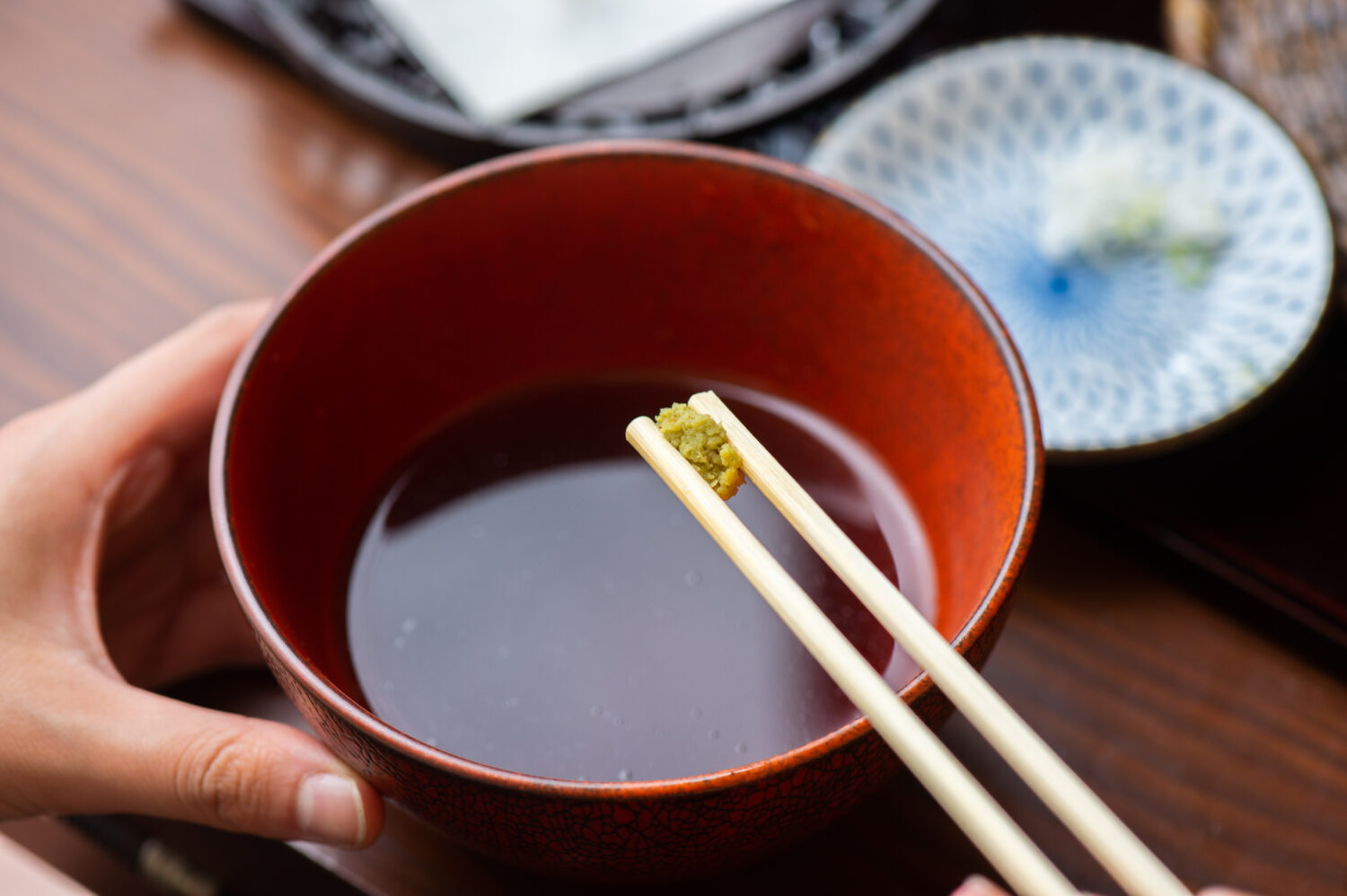
Many people also enjoy mixing wasabi (Japanese horseradish) into the sobayu. The zingy fragrance of wasabi brings together all of the flavors of the sobayu and tsuyu. Assertively flavored additions such as tenkasu (tempura batter bits) and shichimi (Japanese seven-spice mix) are also popular.
What do you think of this method of appreciating the true flavors of hand-made soba? In particular, remember these tips on handling the tsuyu the next time you order ten-seiro soba!
This restaurant specializes in handmade soba (buckwheat noodles) made from freshly-ground buckwheat. The best buckwheat seeds are selected depending on season, and stone-ground in-house daily. The artisanal noodles are rolled and cut entirely by hand for a profoundly rich, yet gentle flavor. The menu includes a wide range of sobamae dishes, with course options available.
*The information is based on the time of reporting or creation, and may differ from the current situation.
share:











